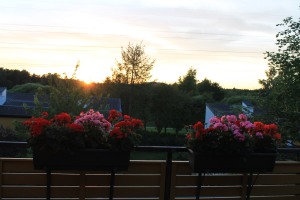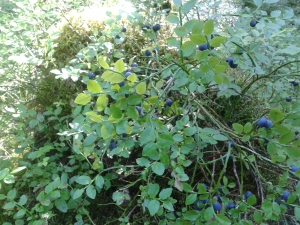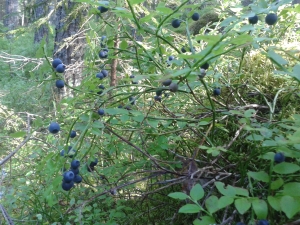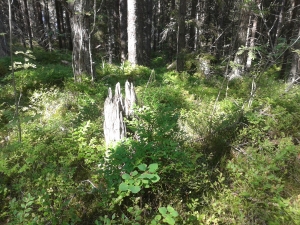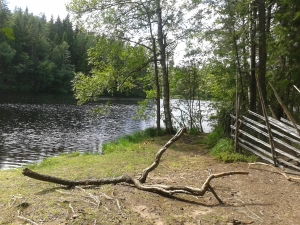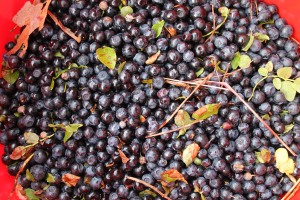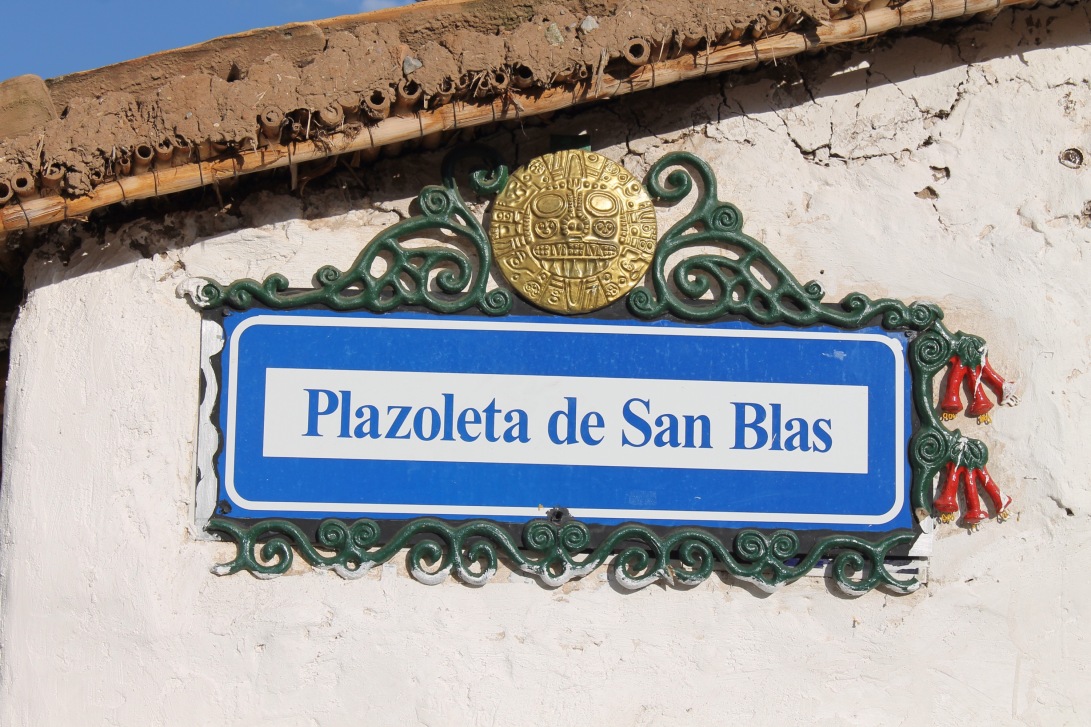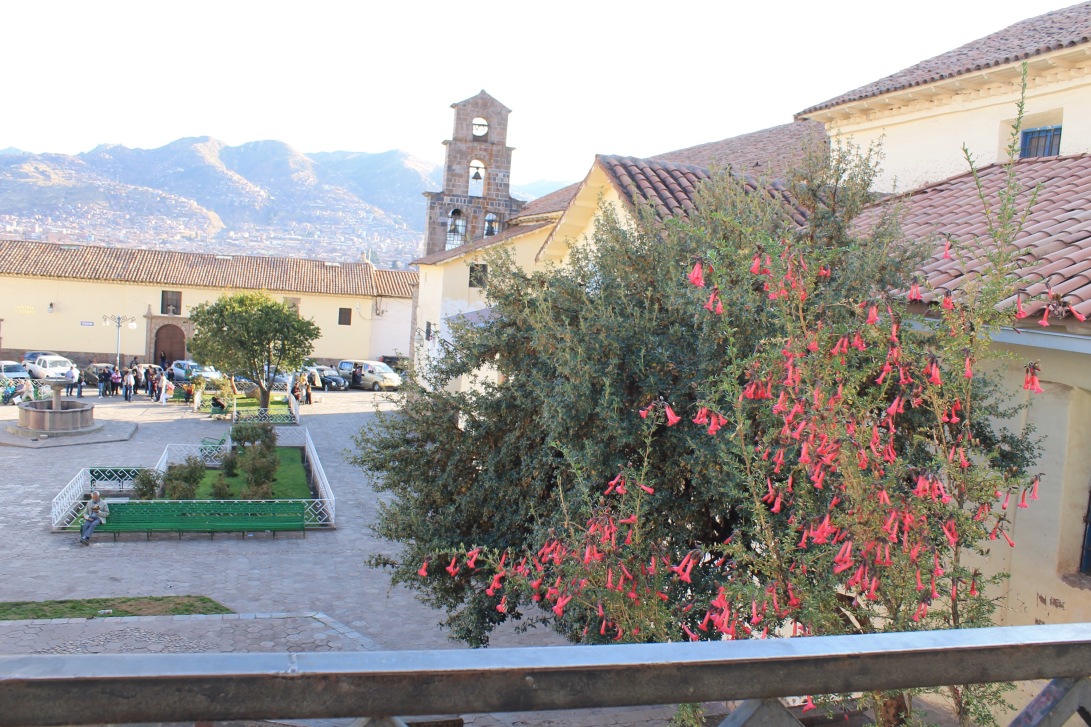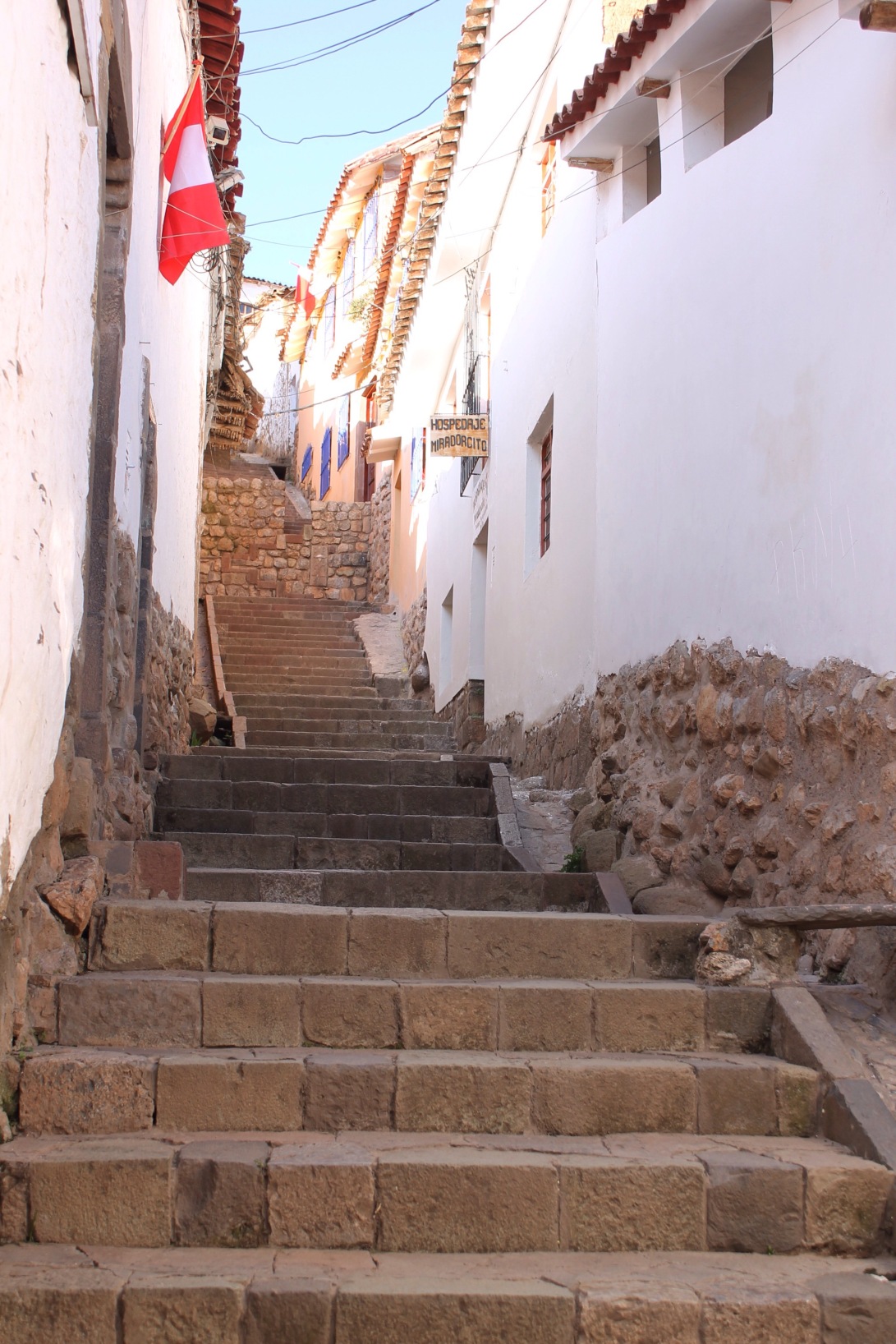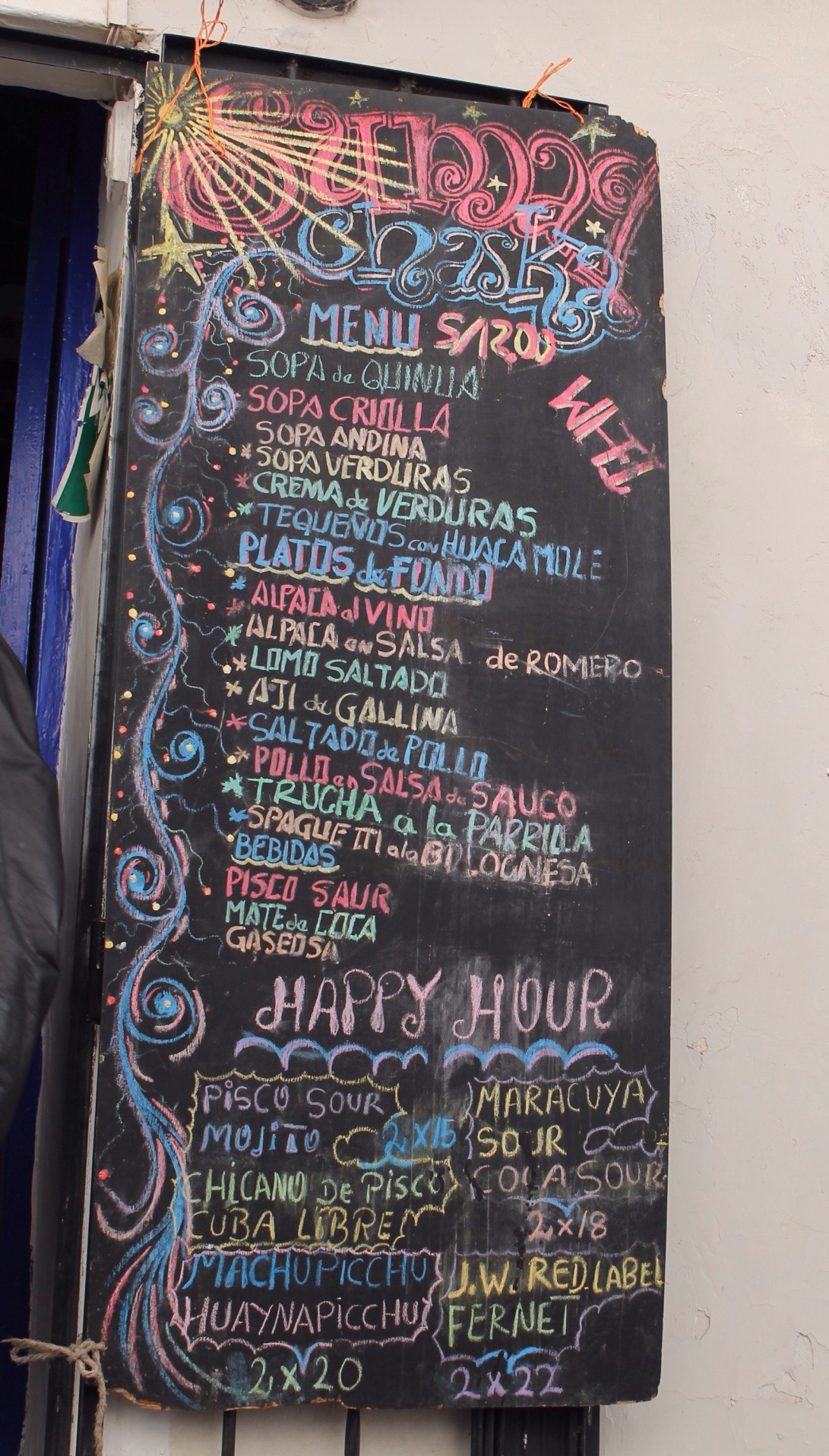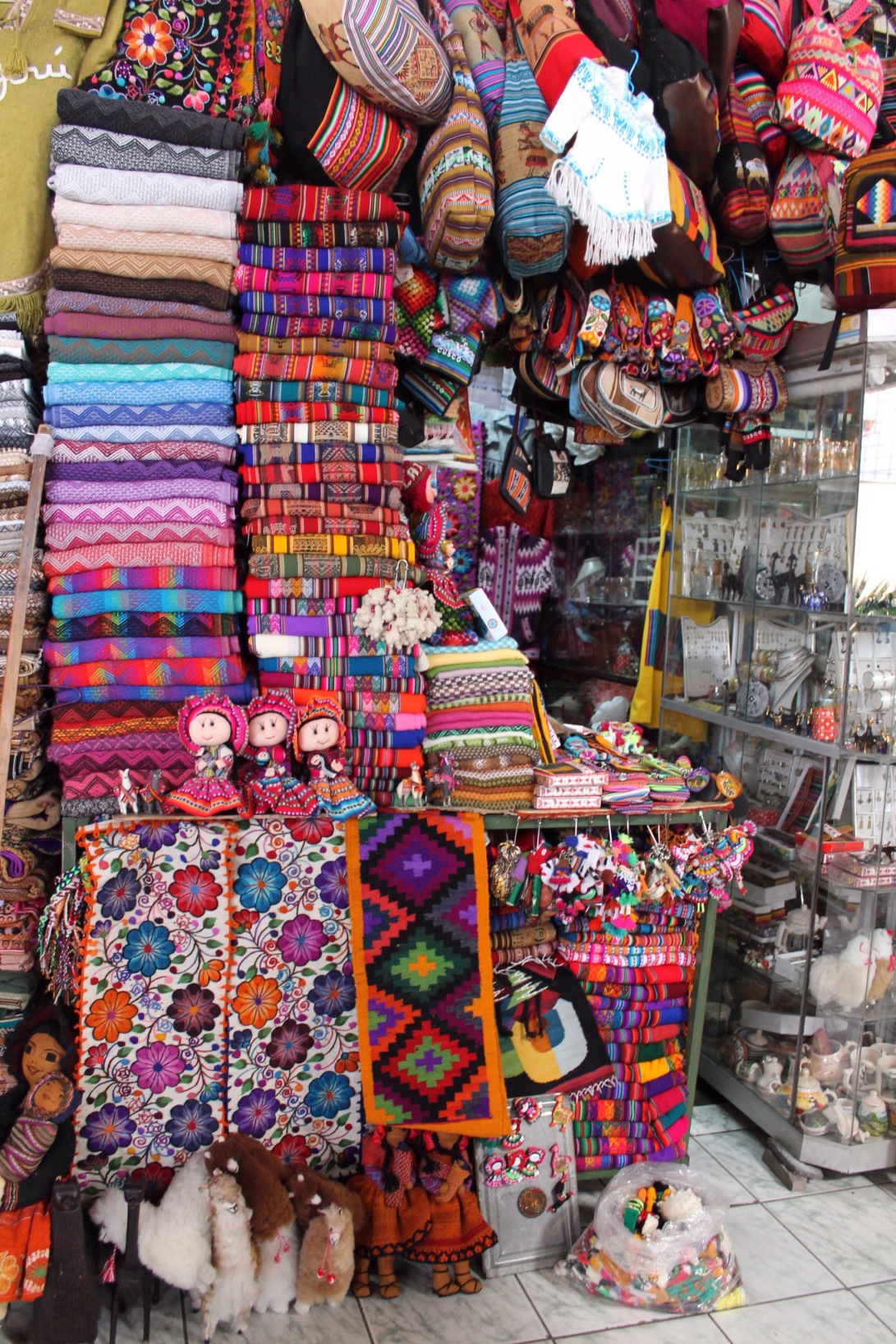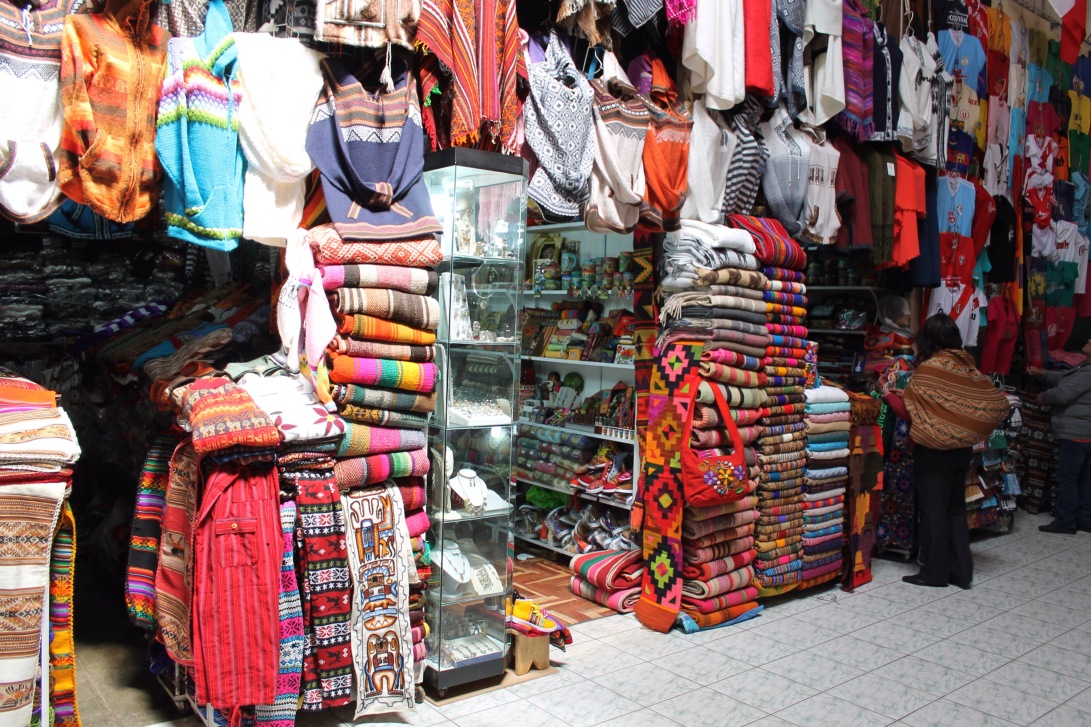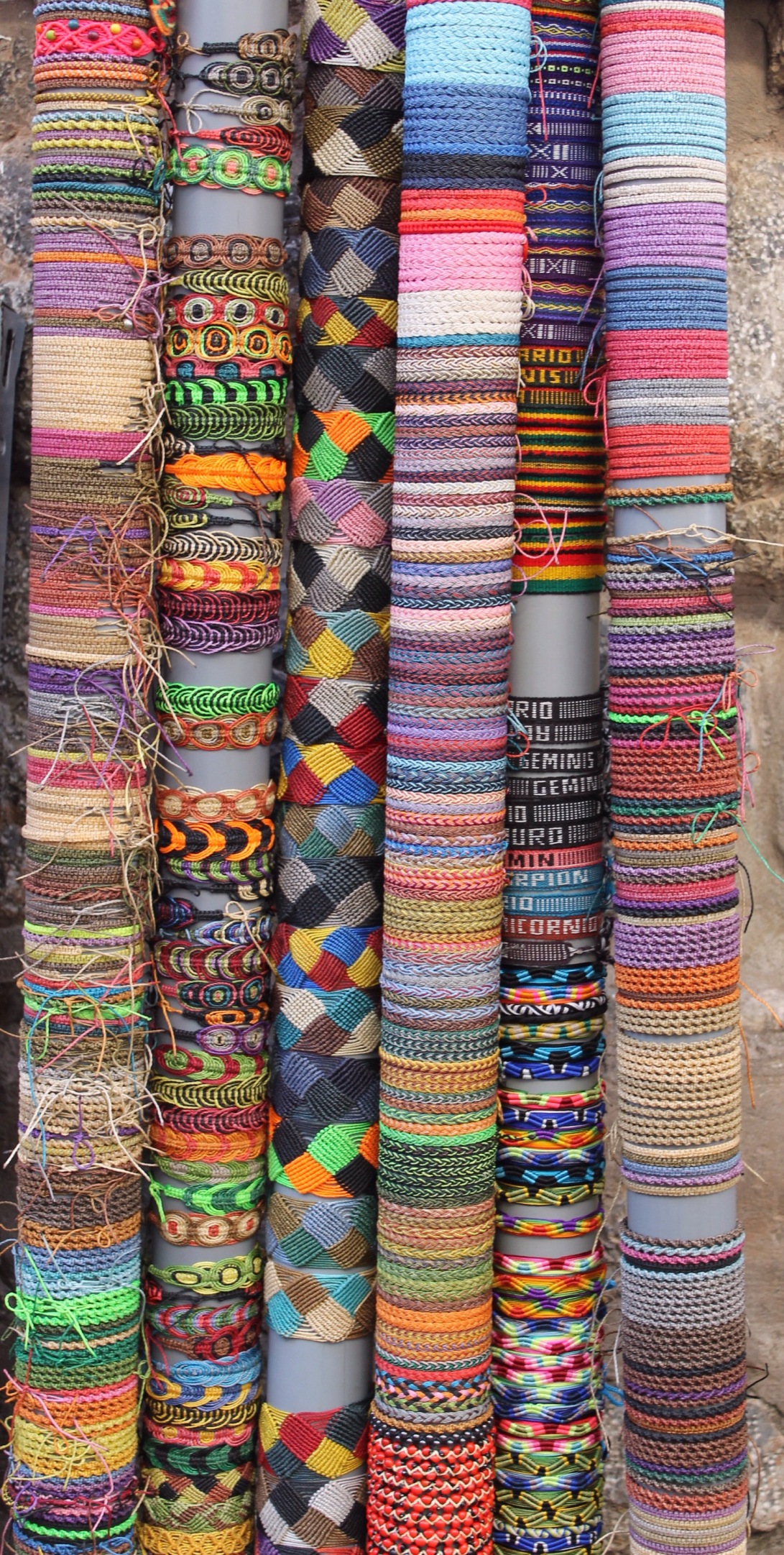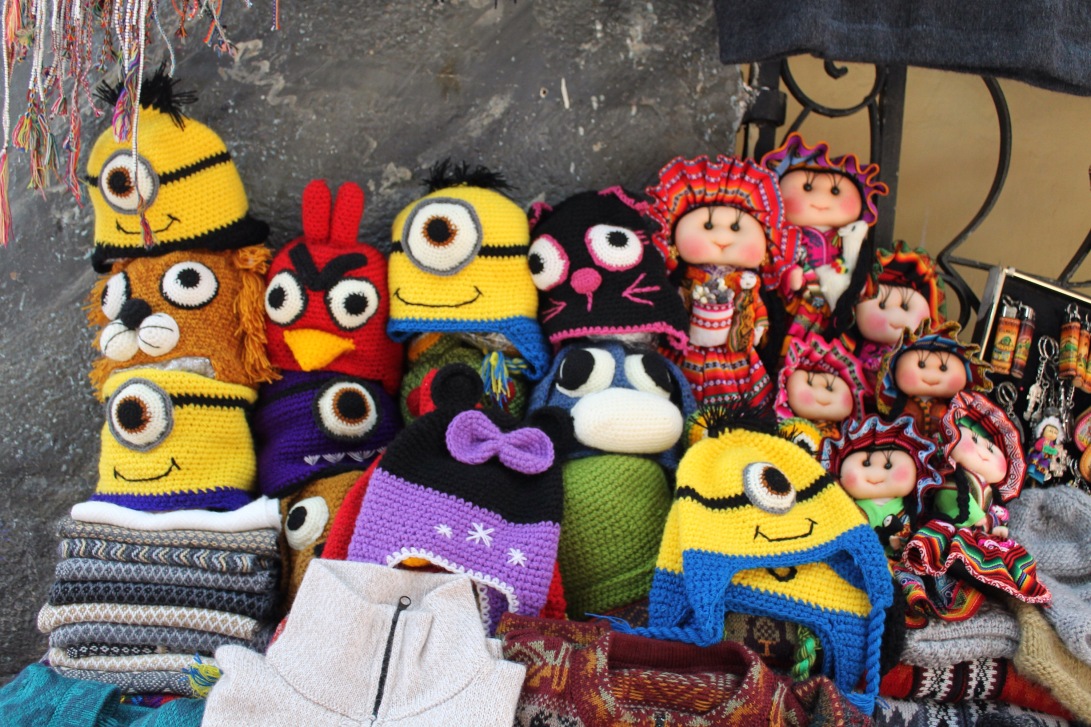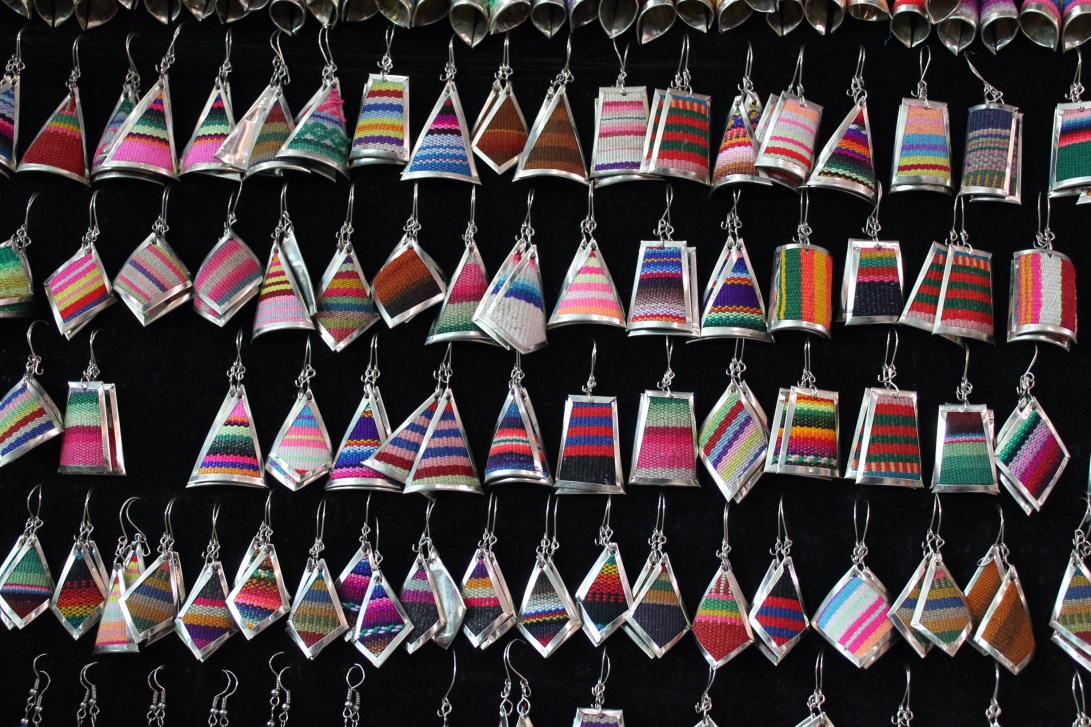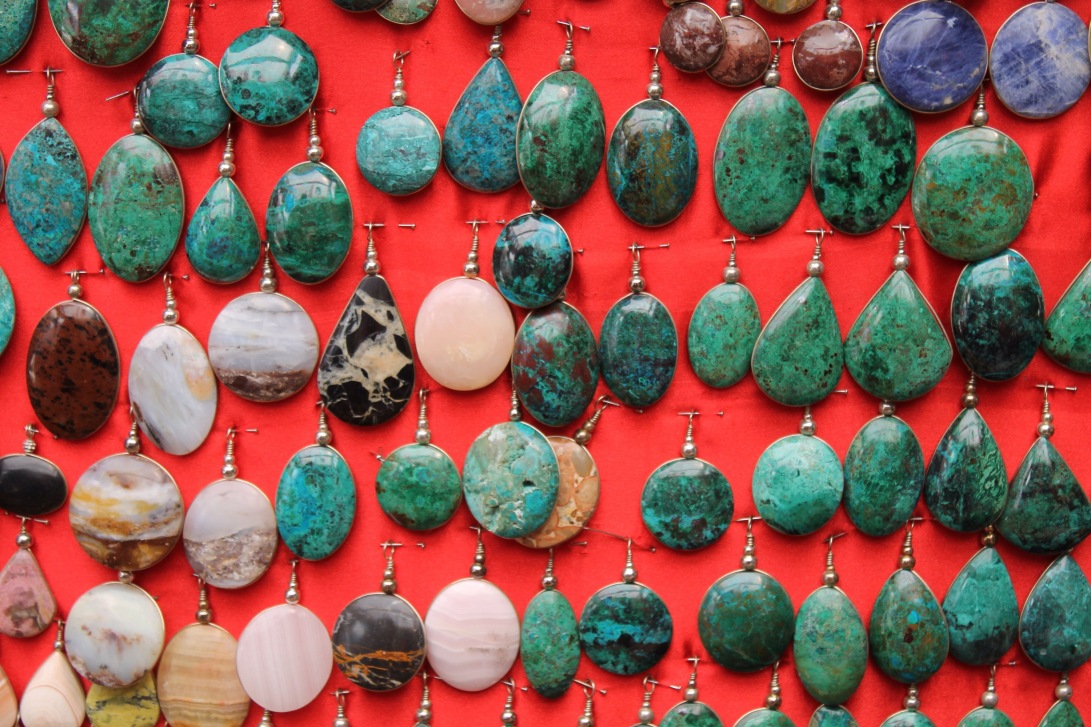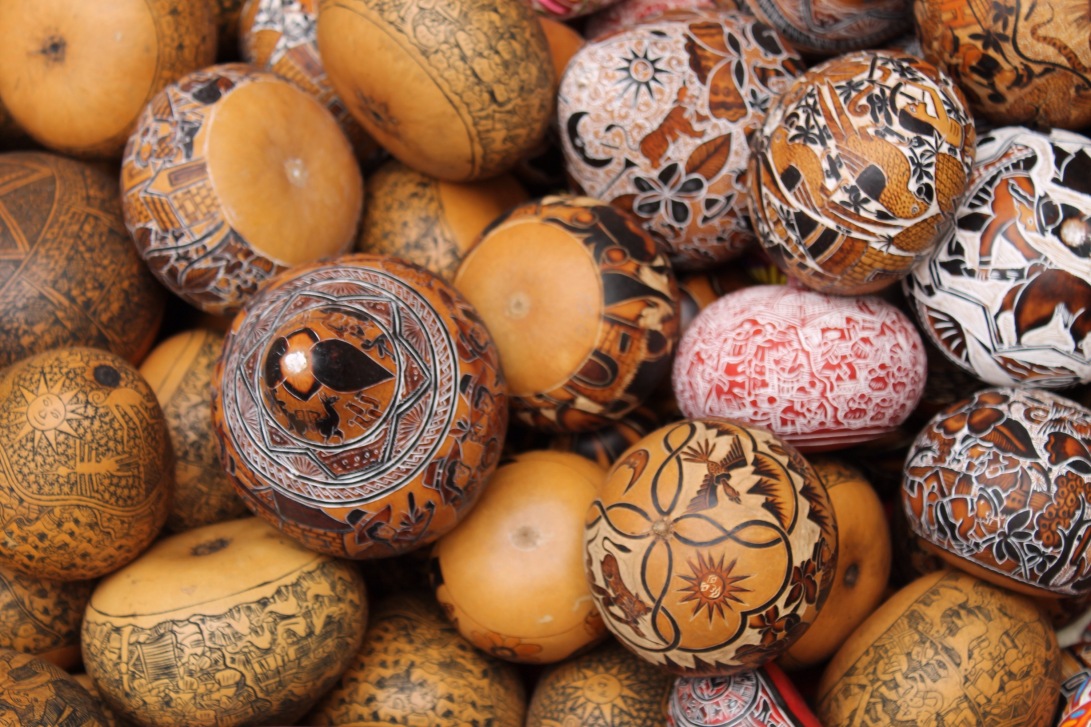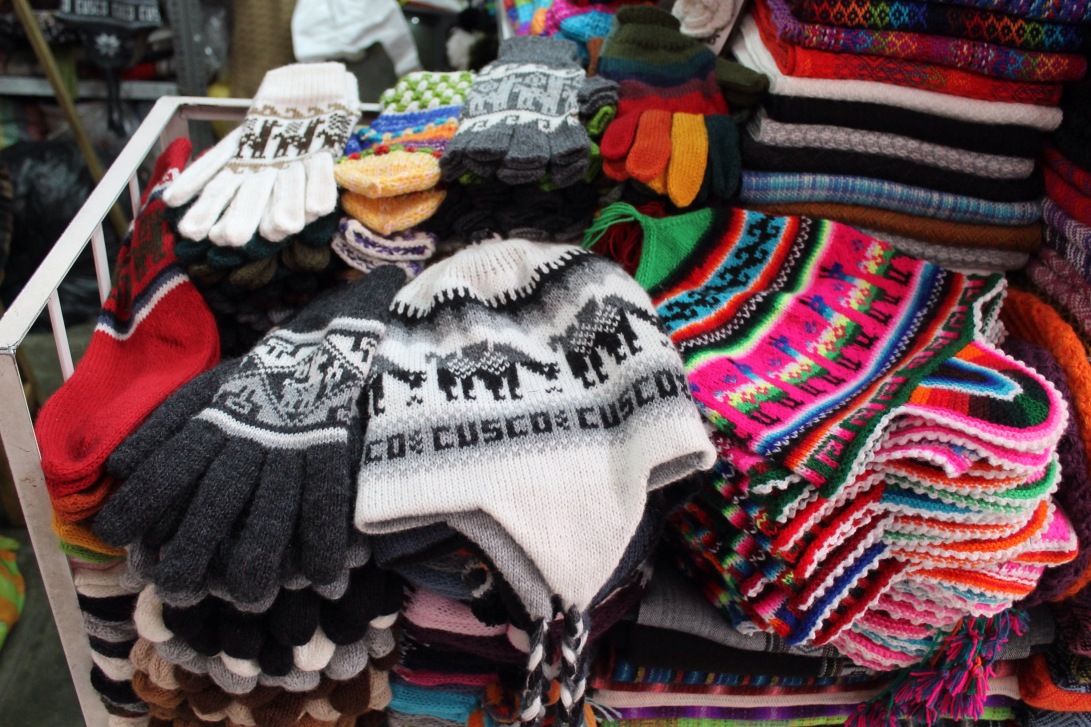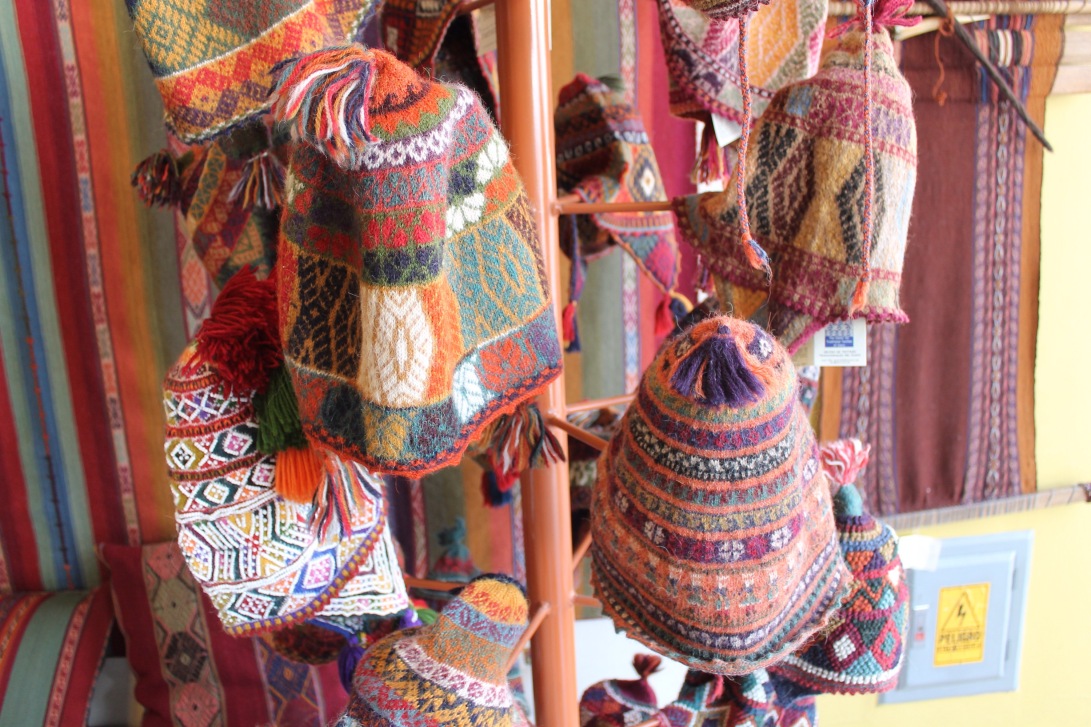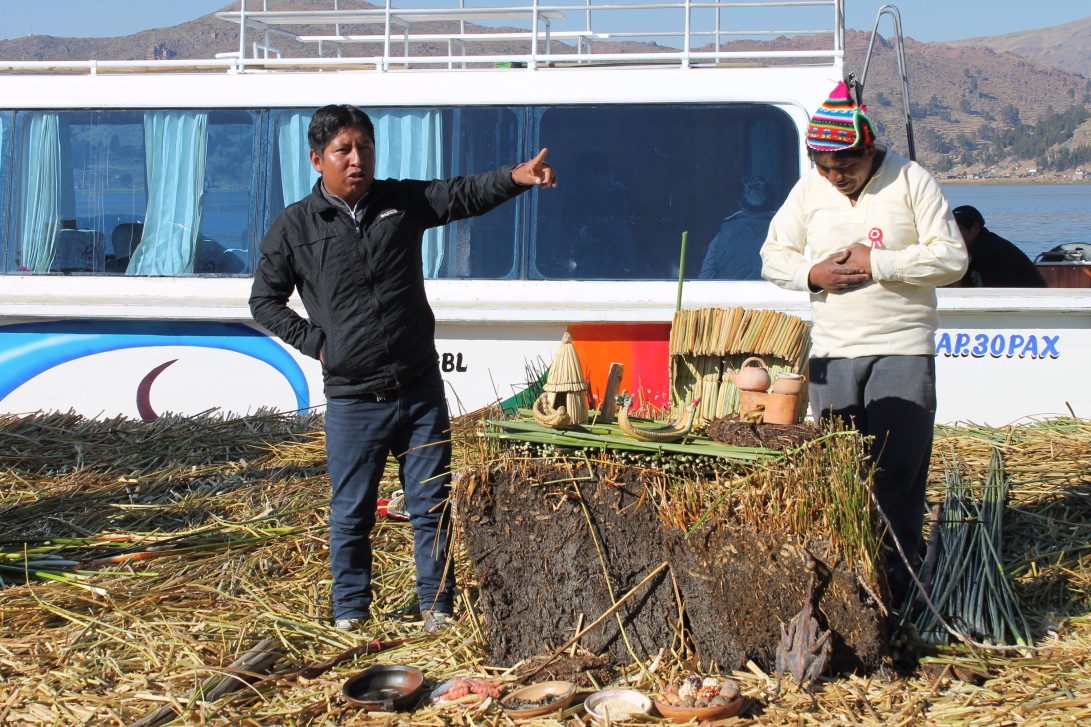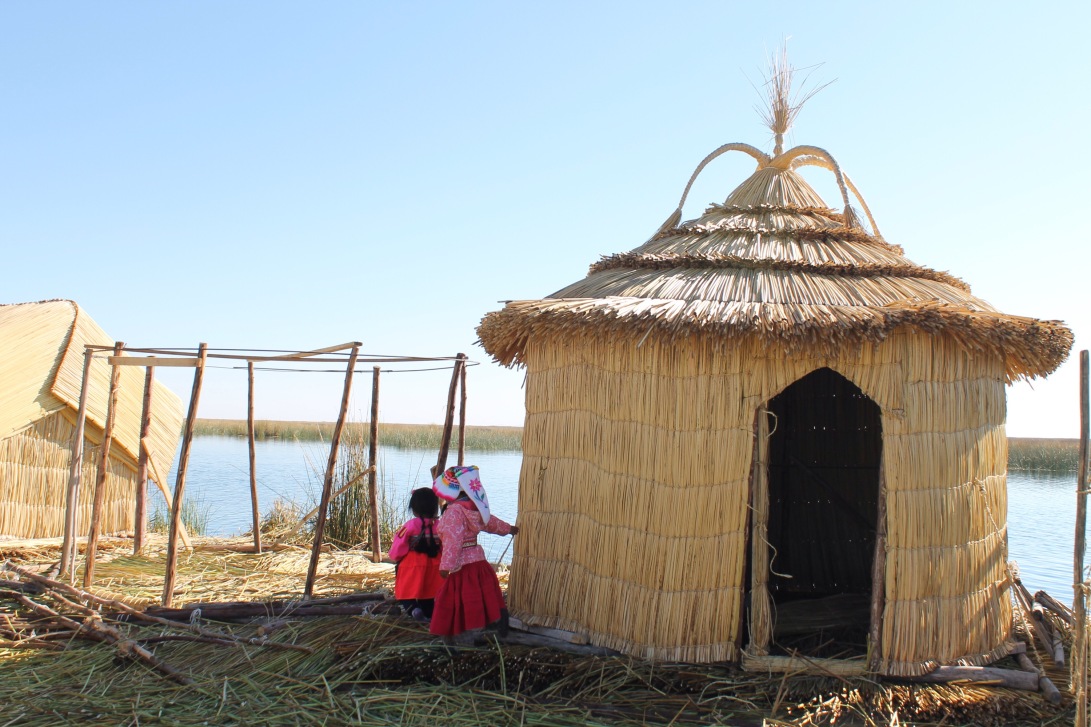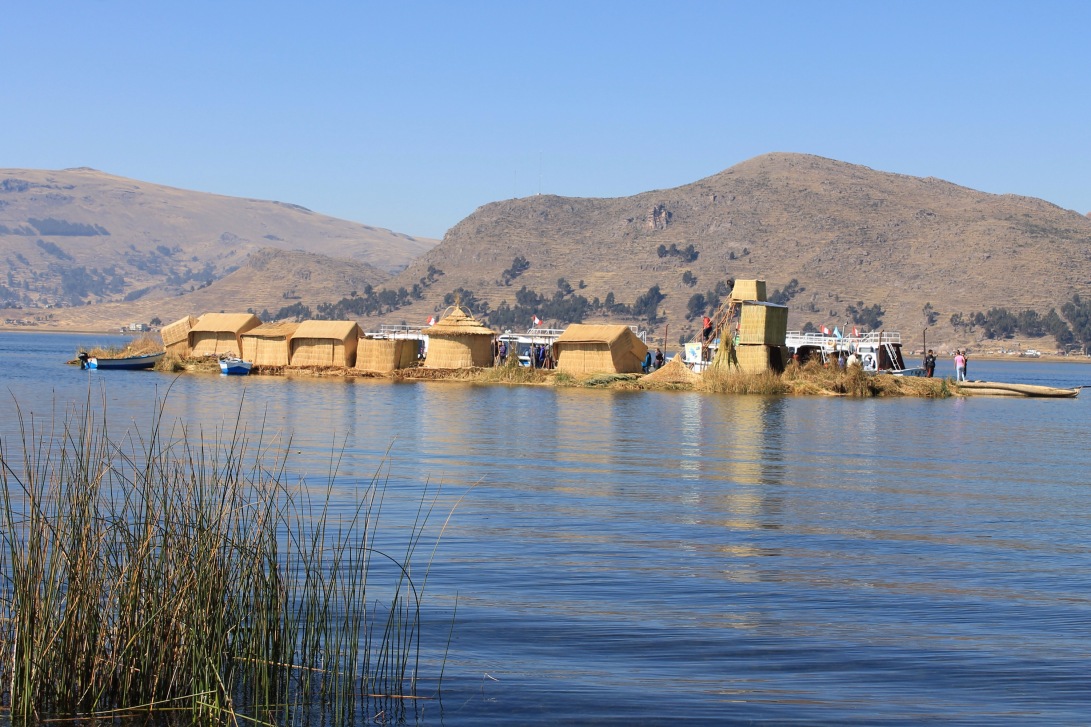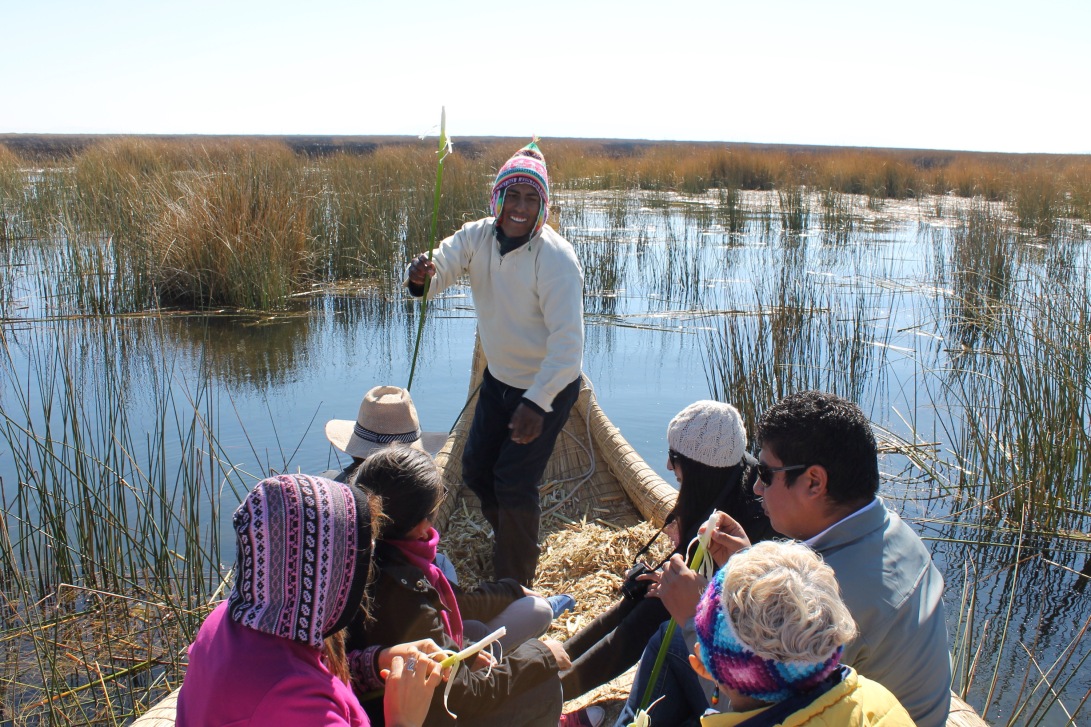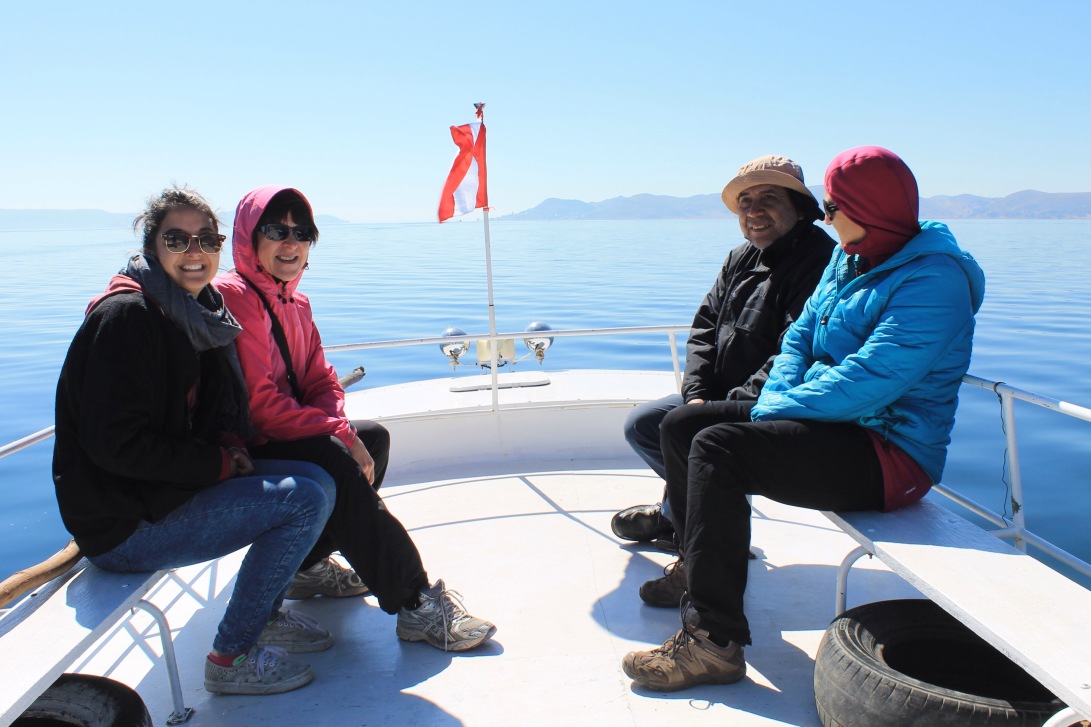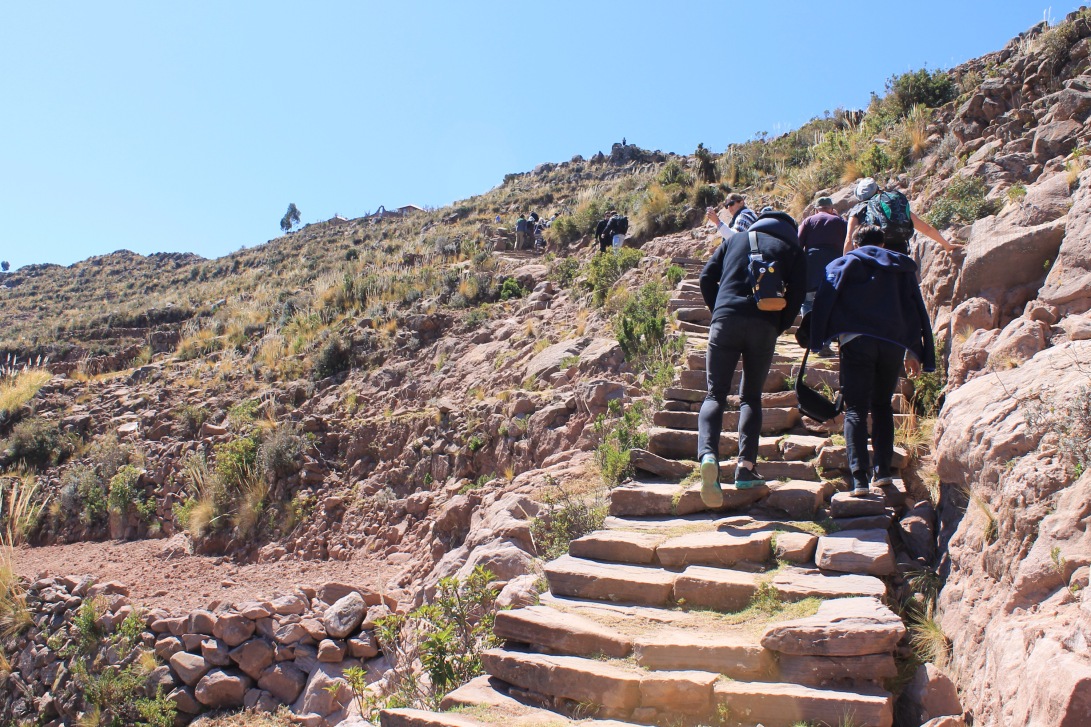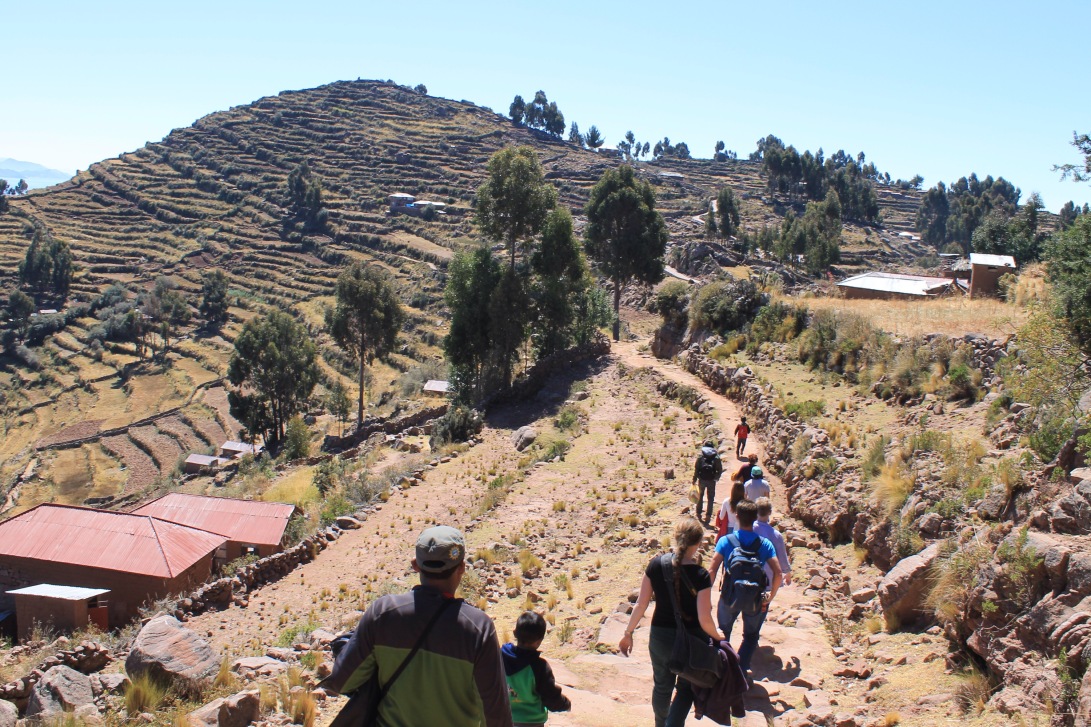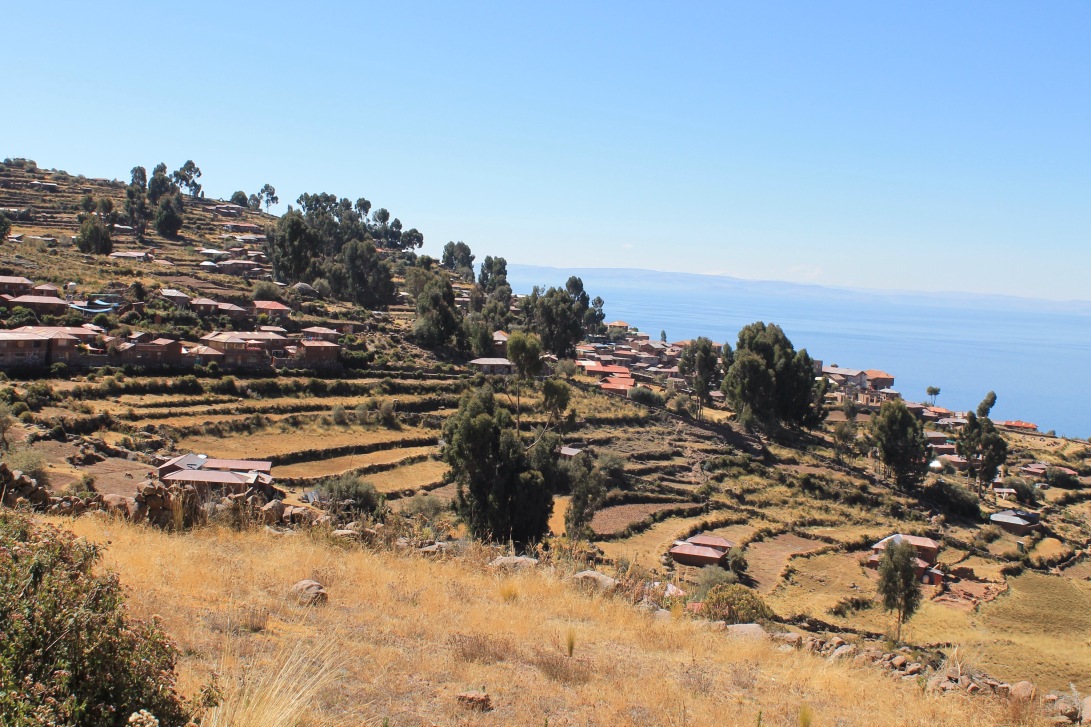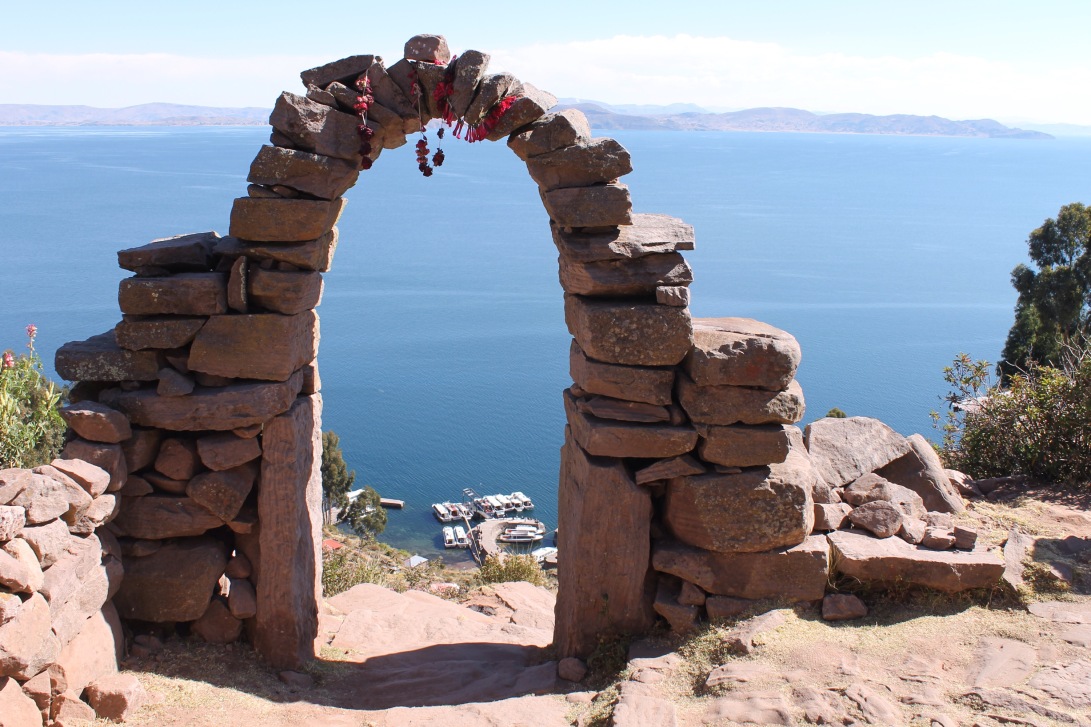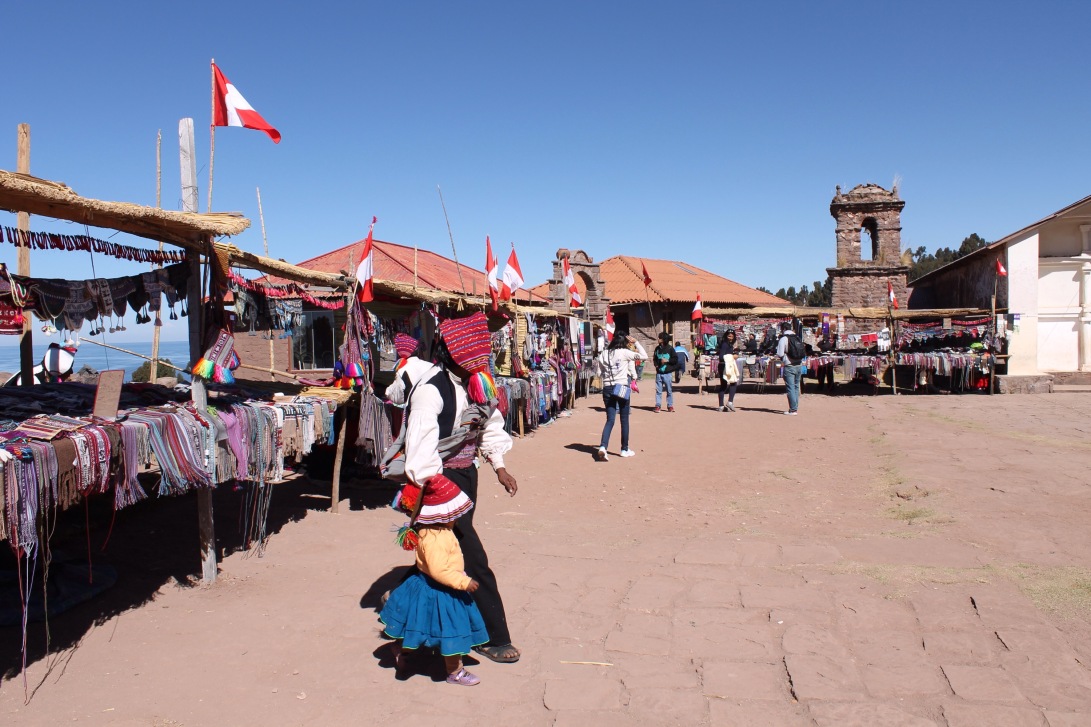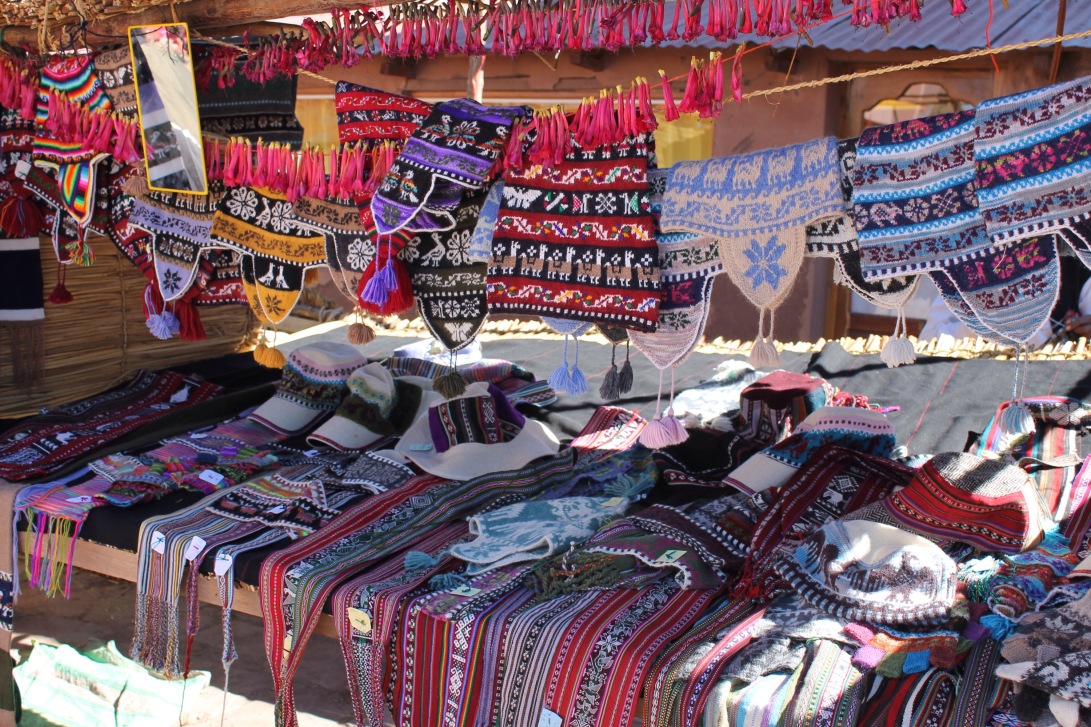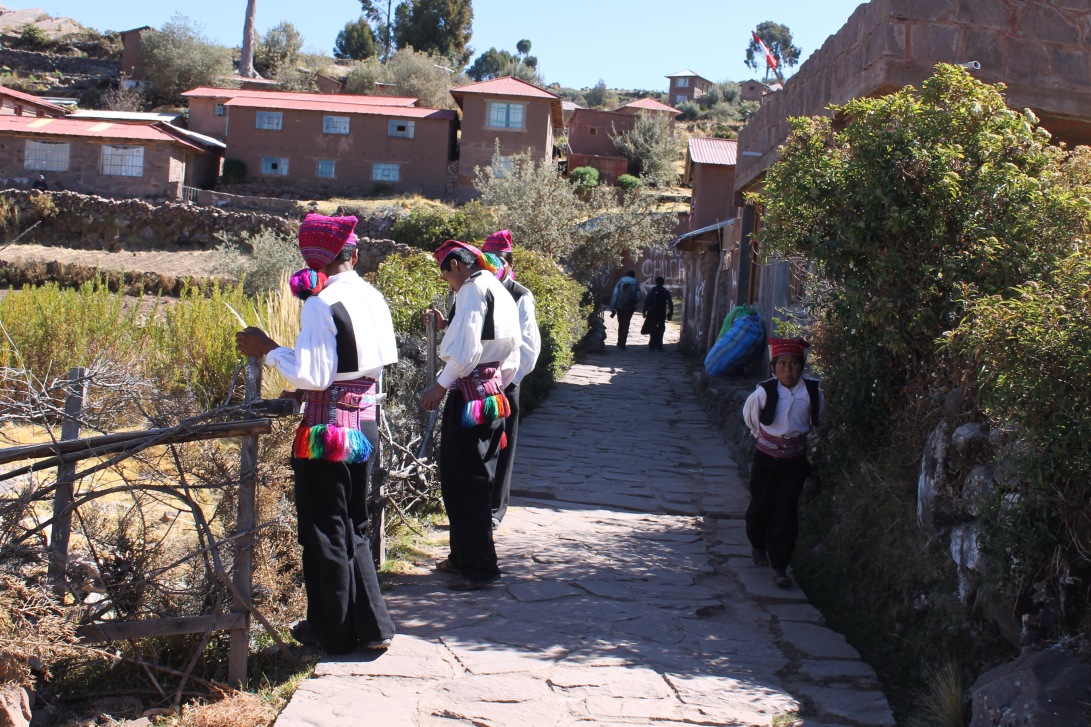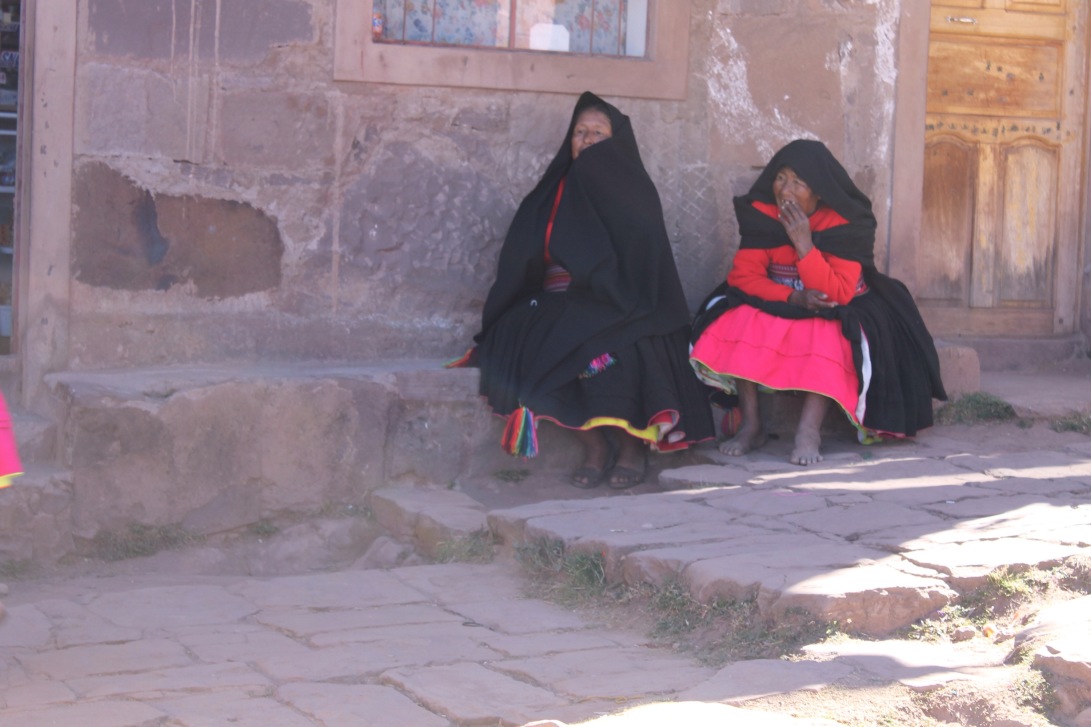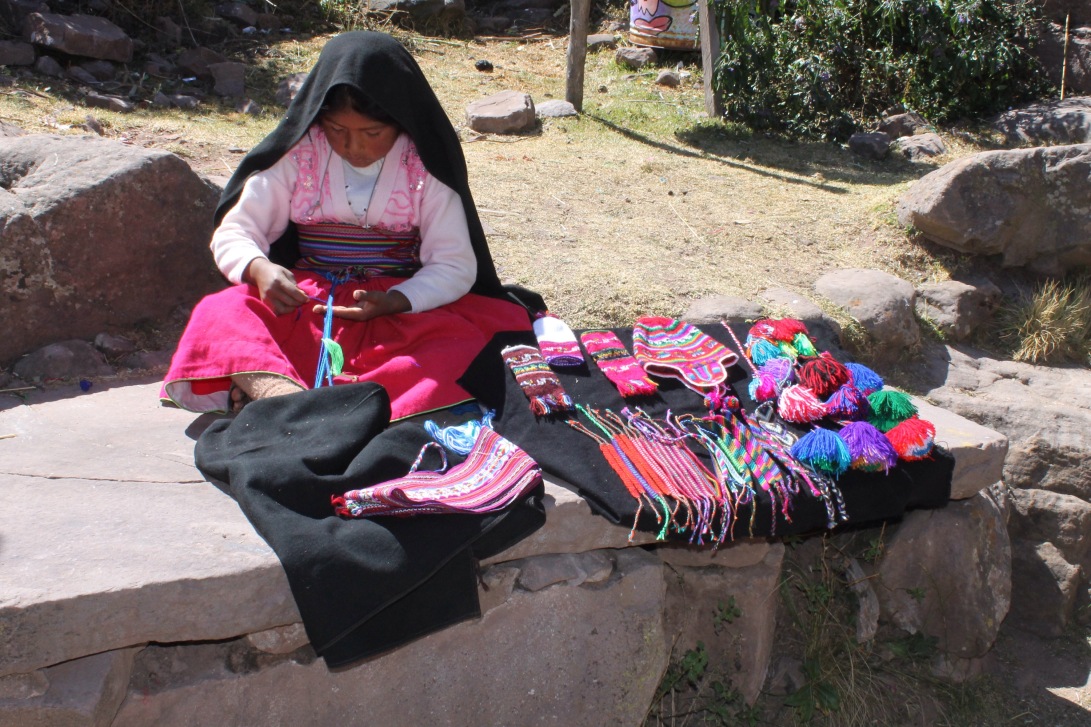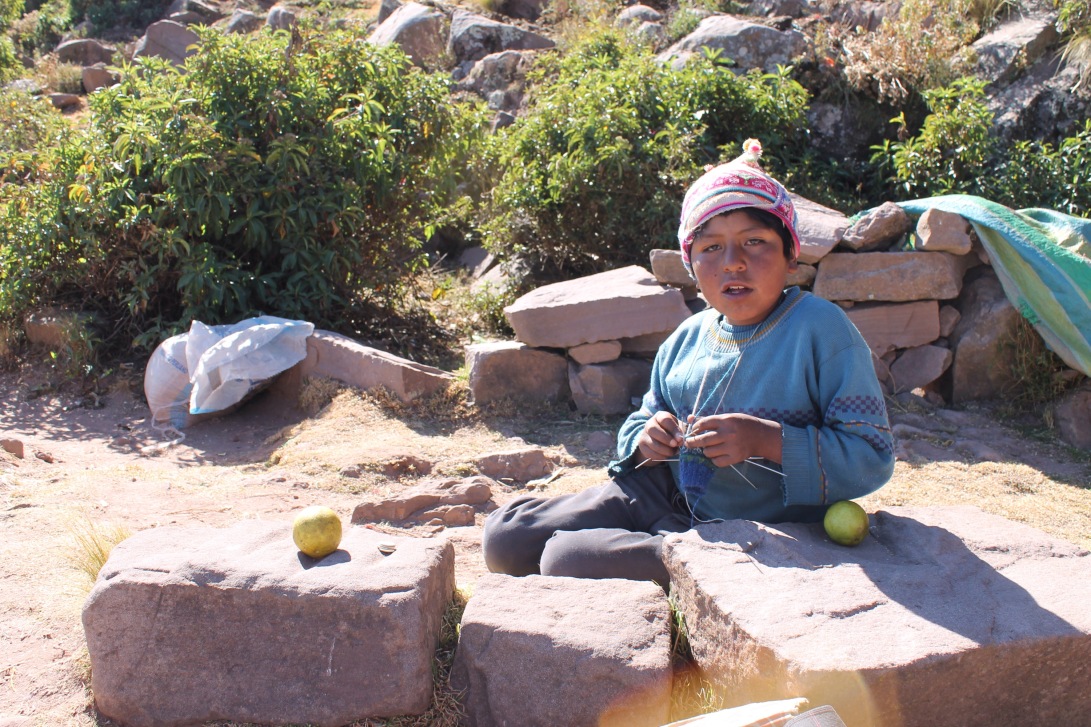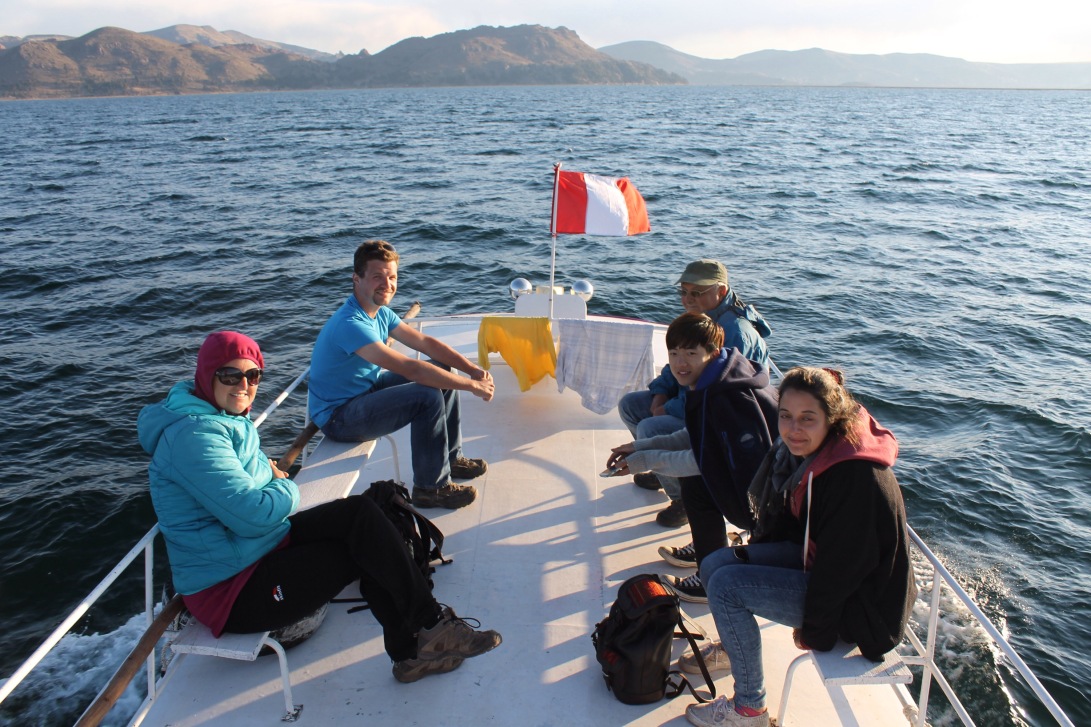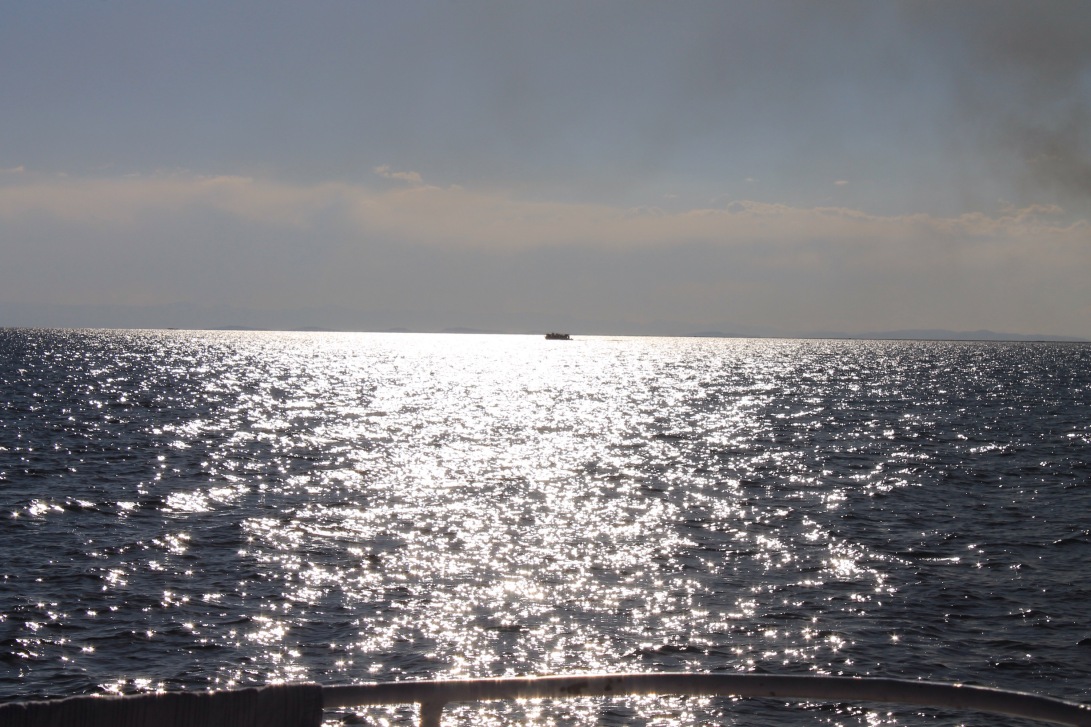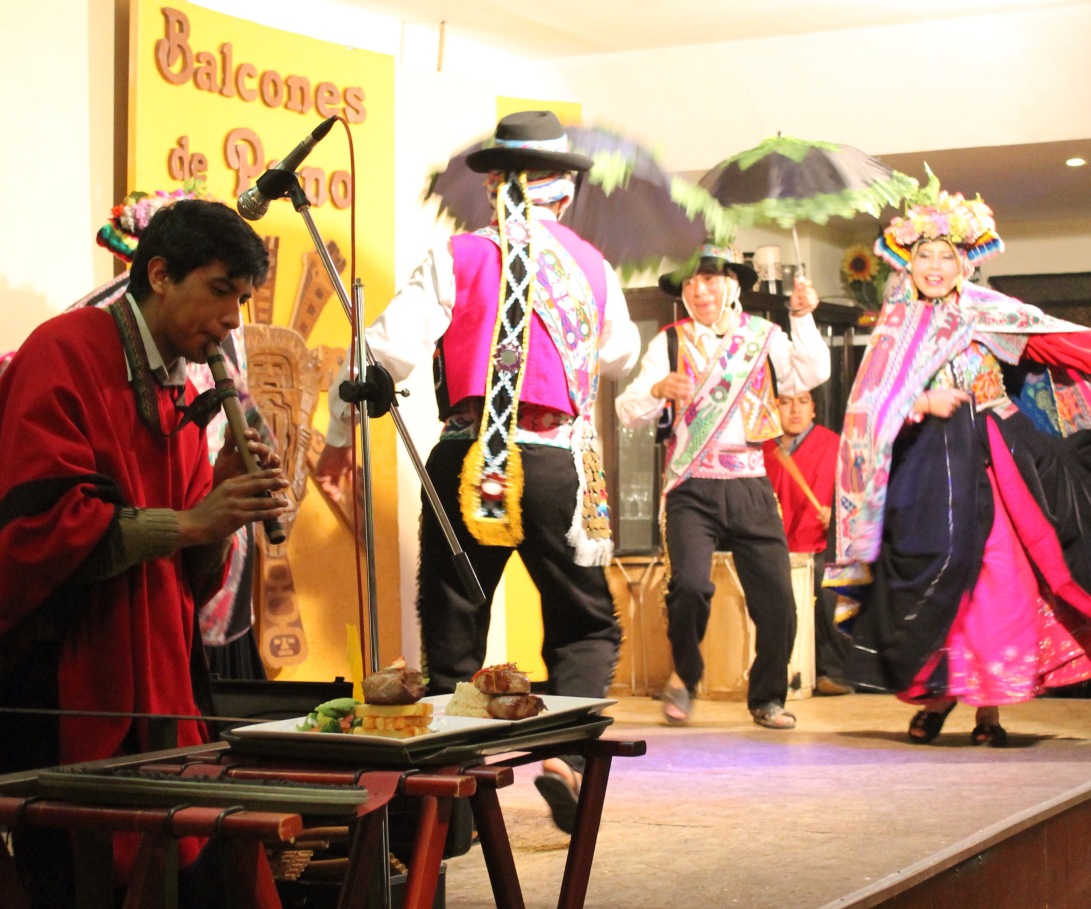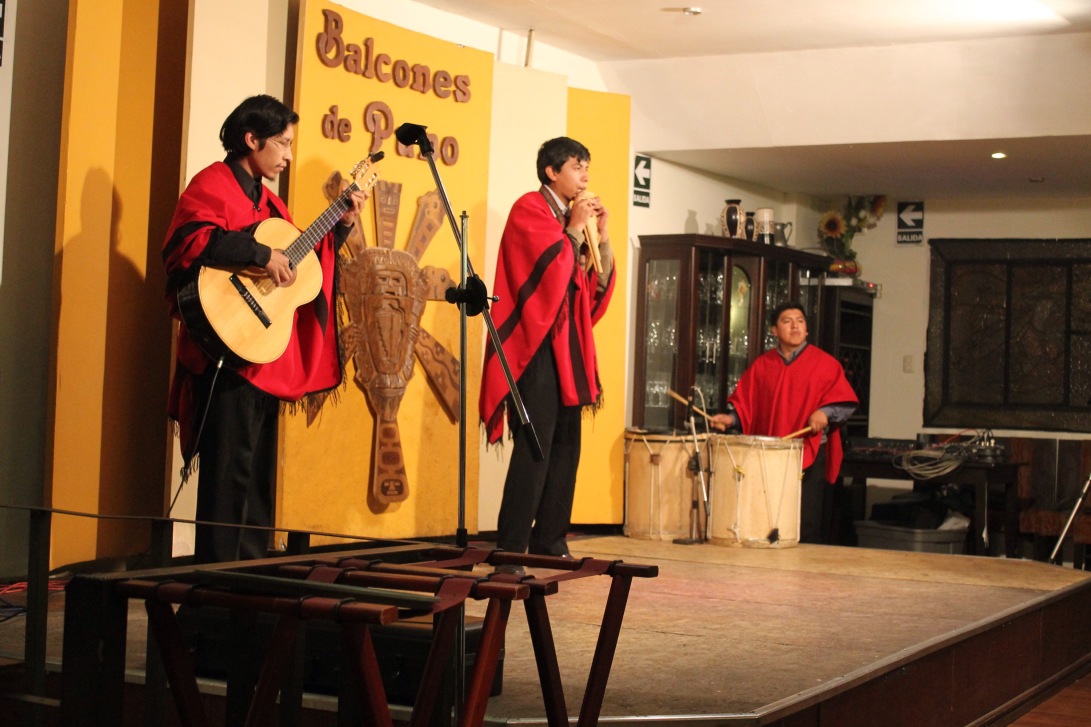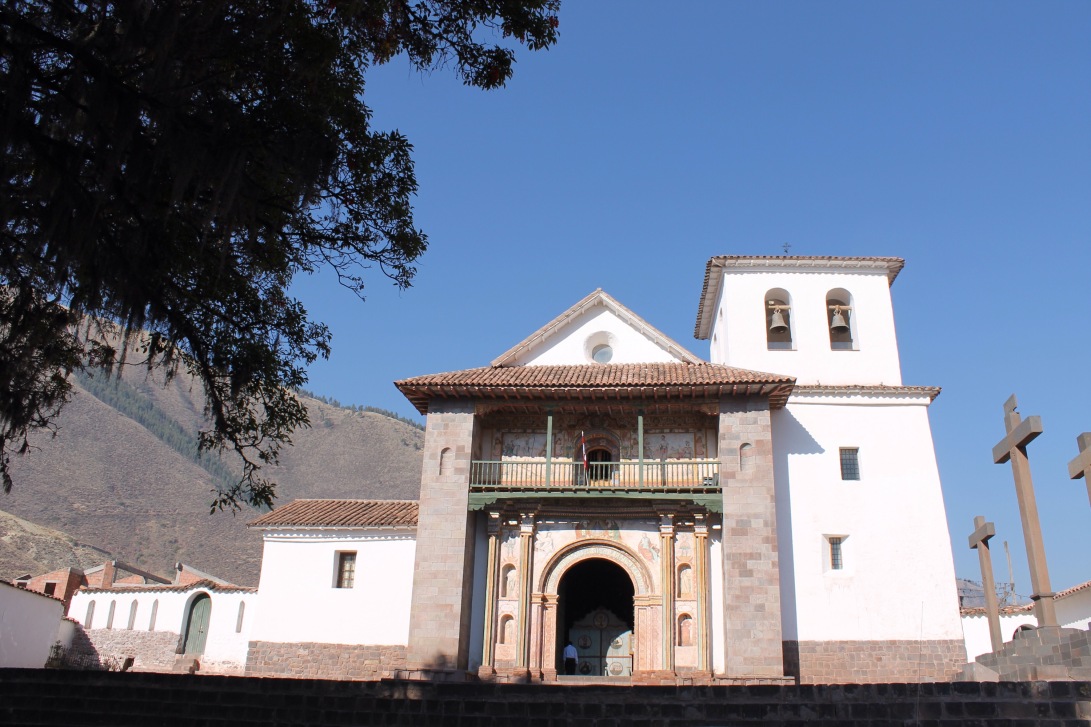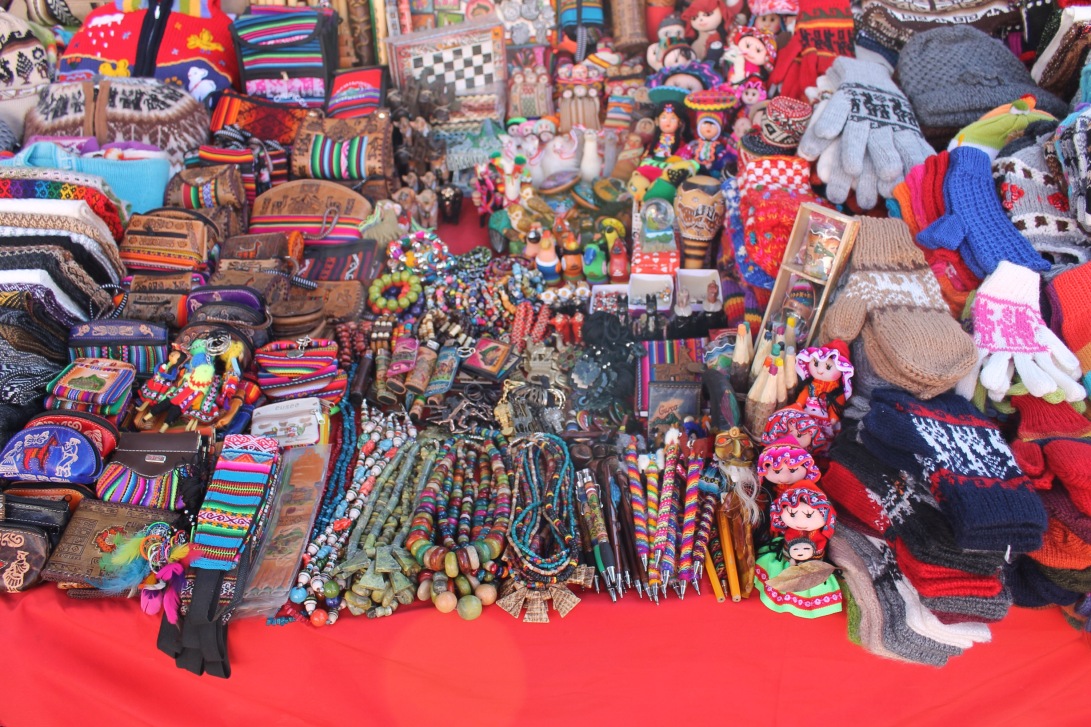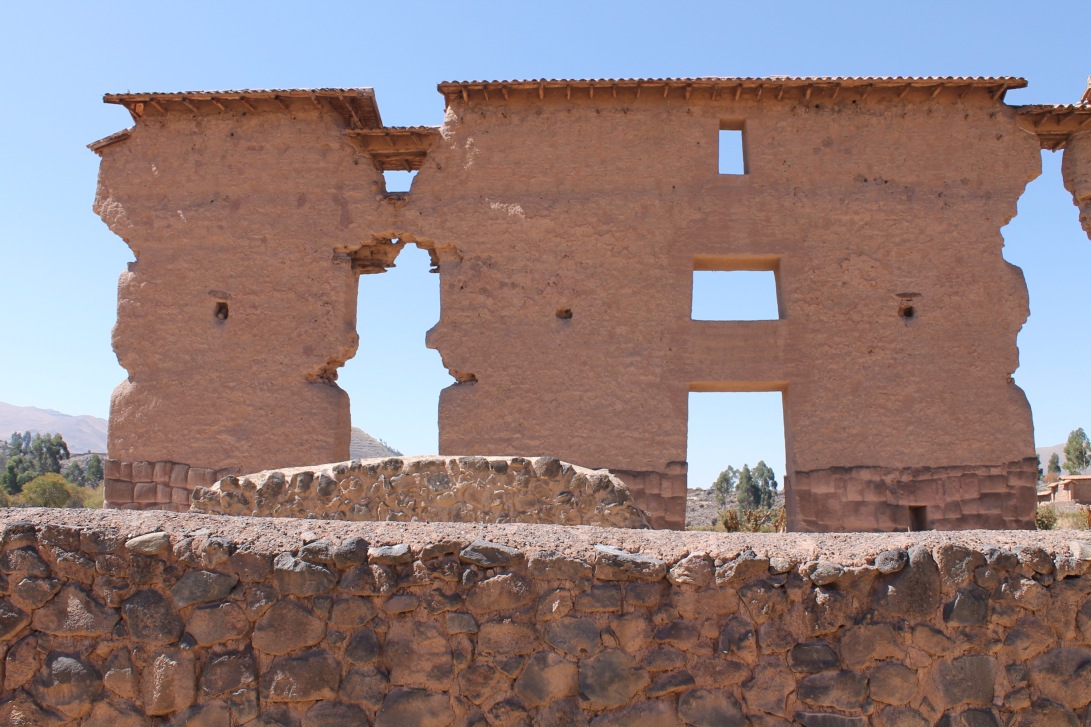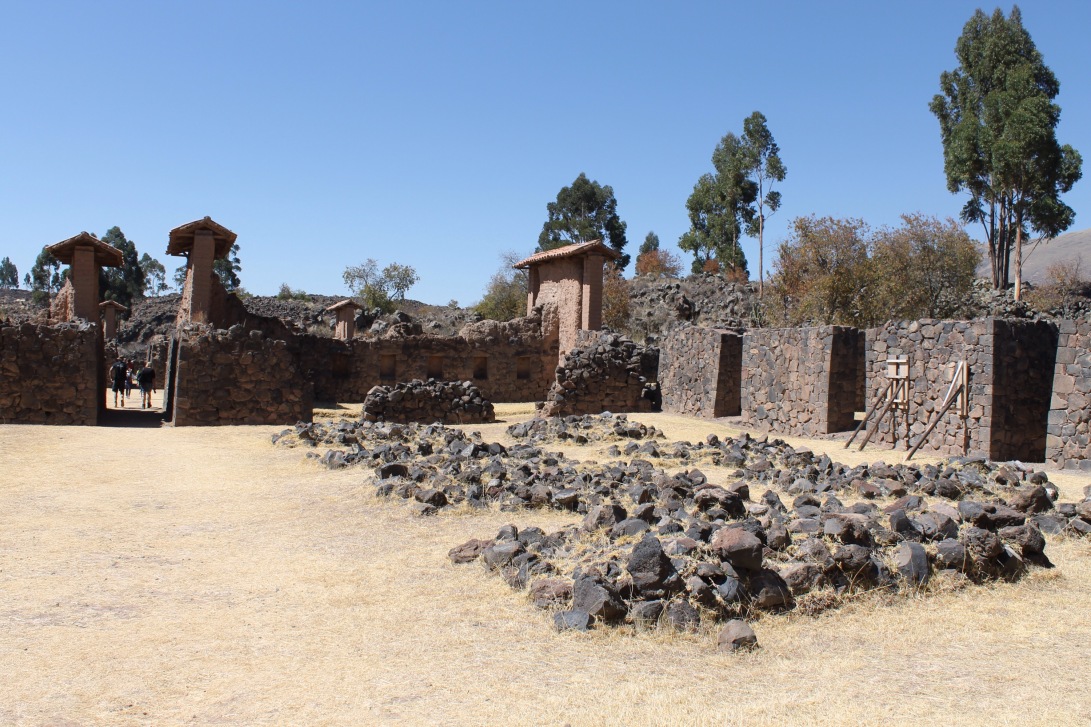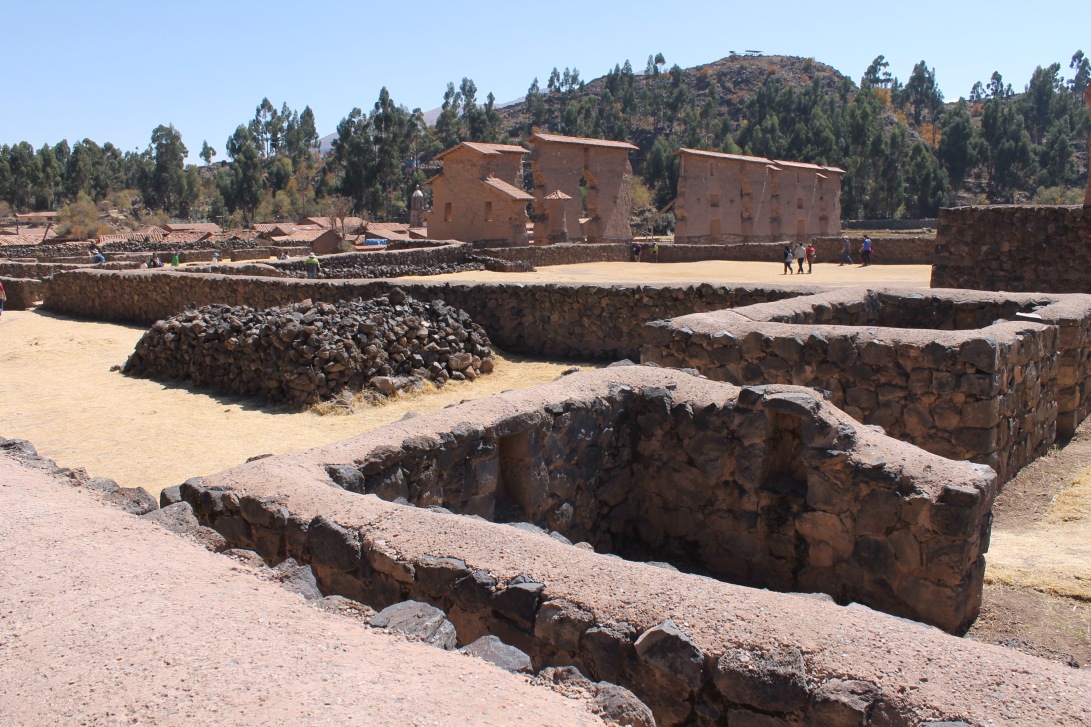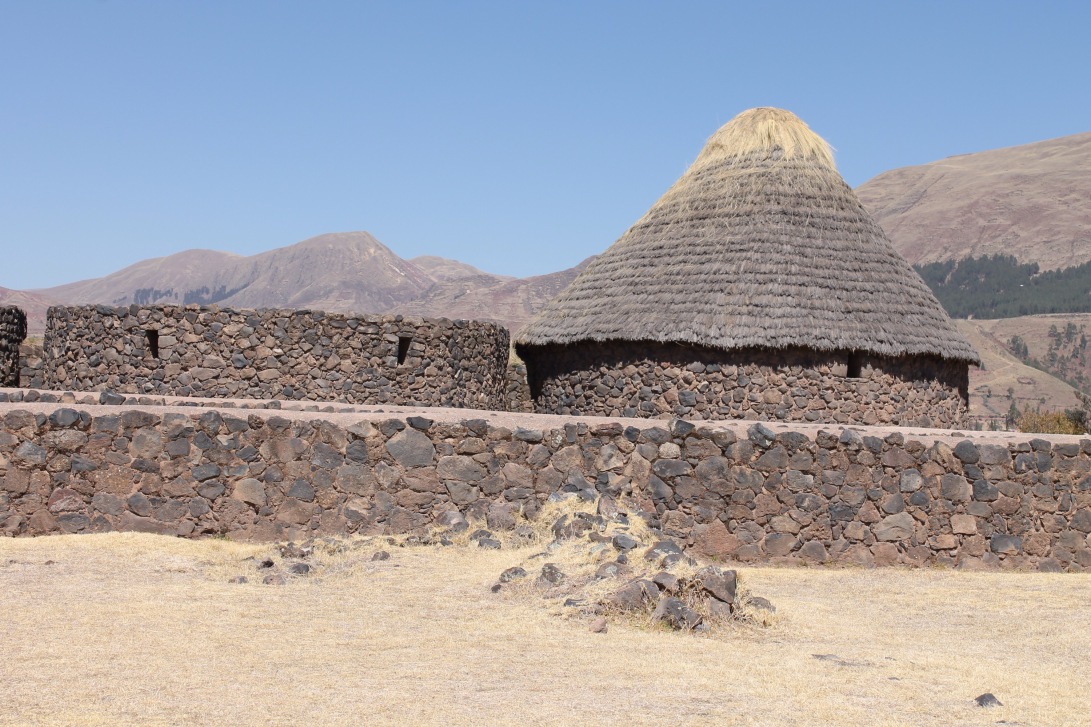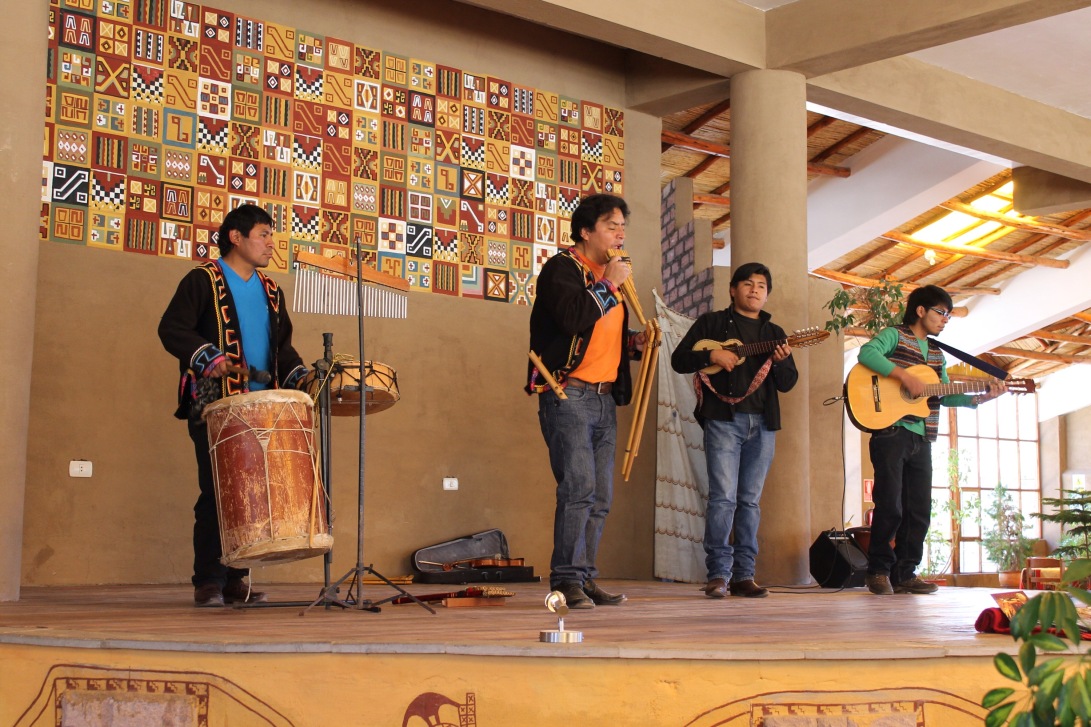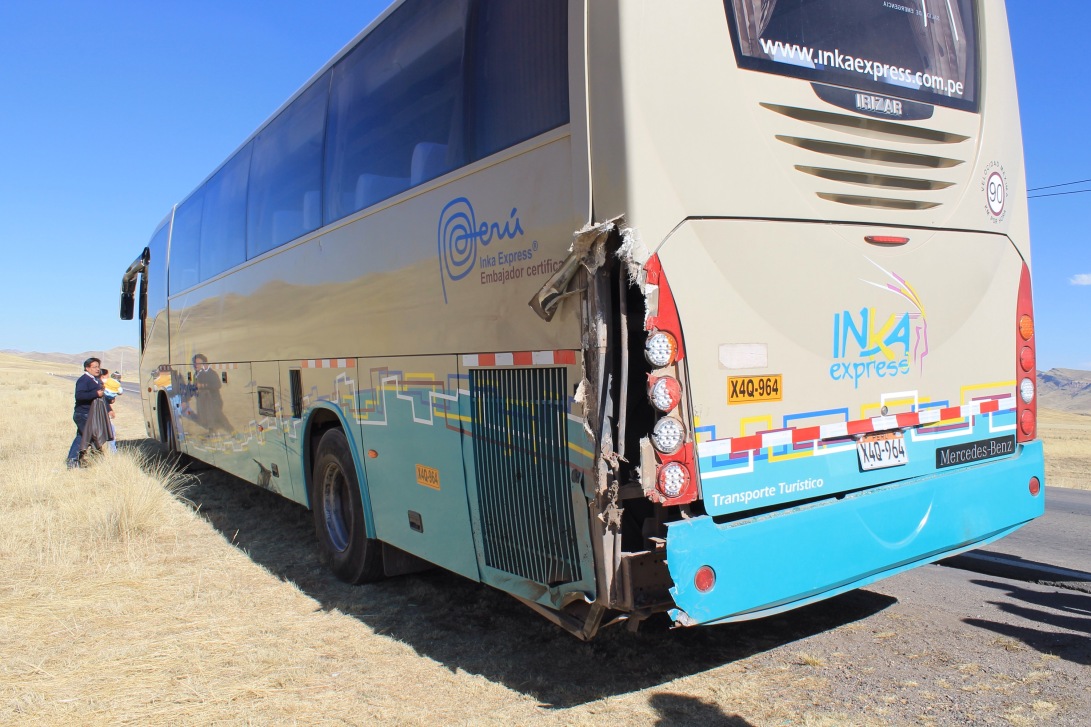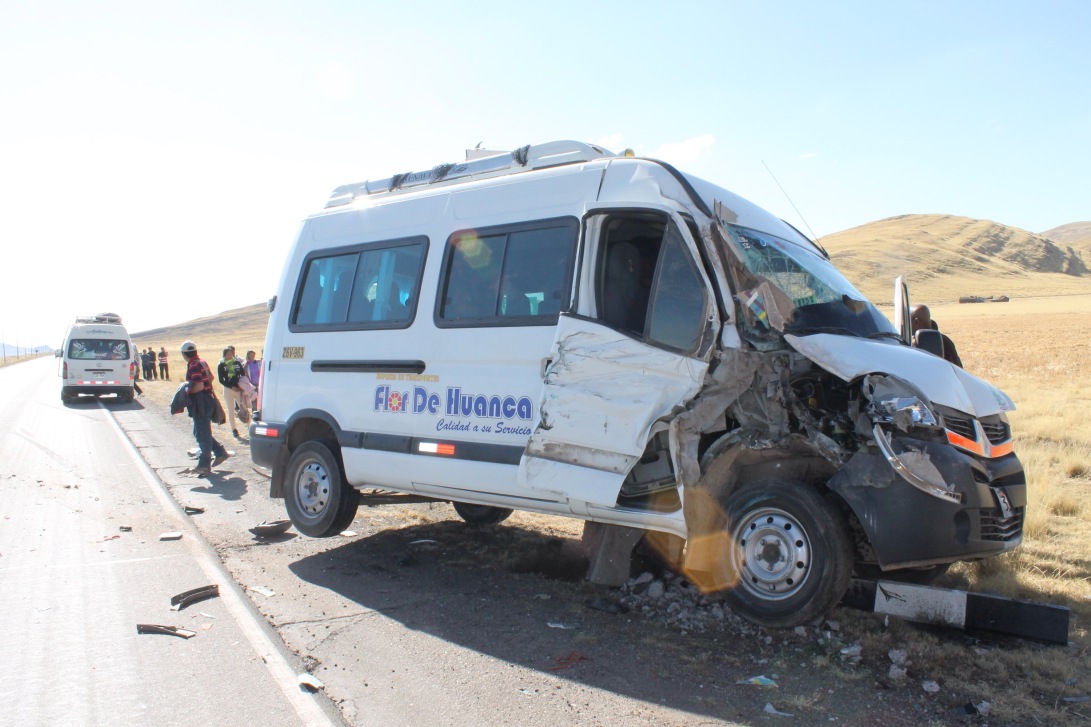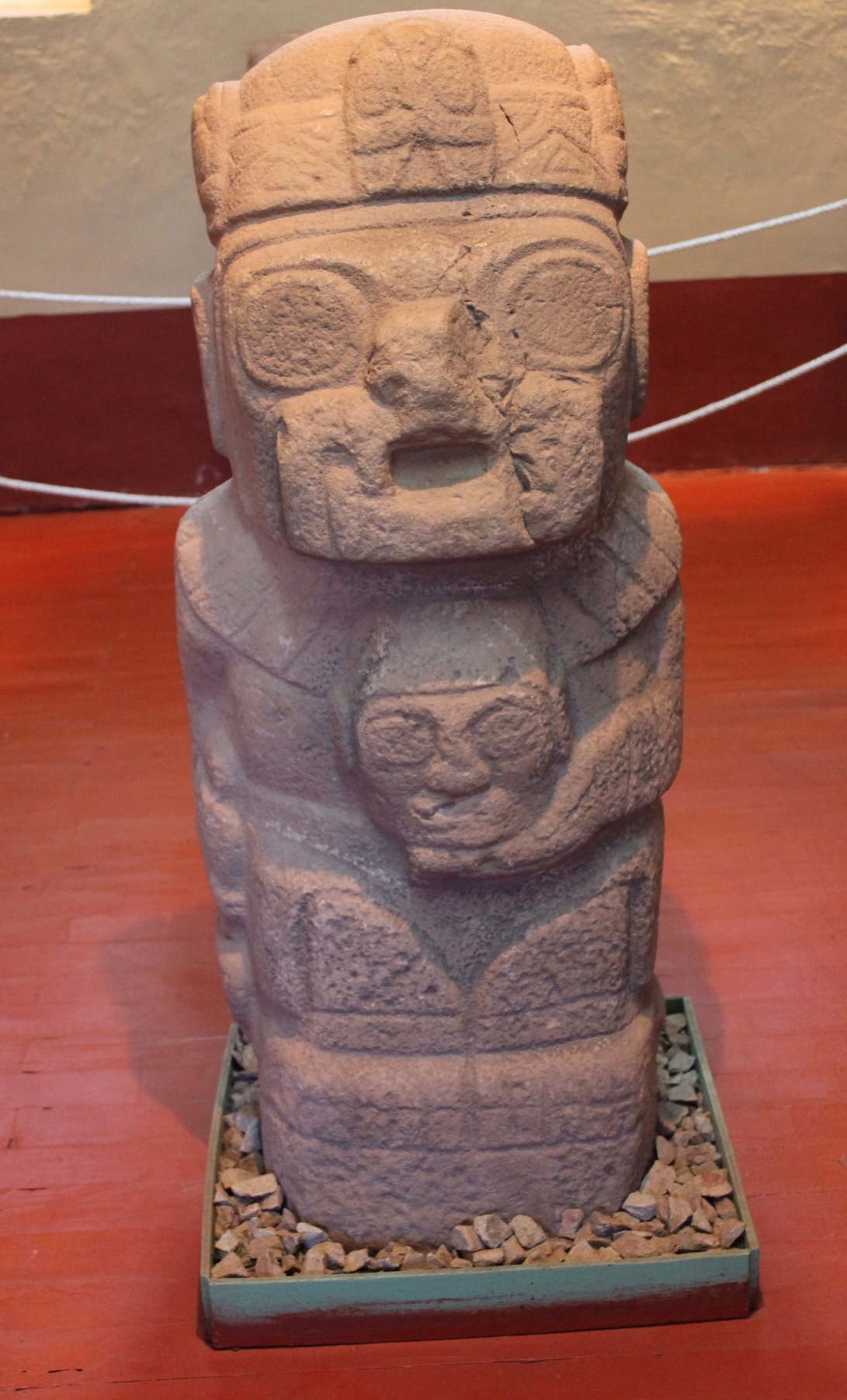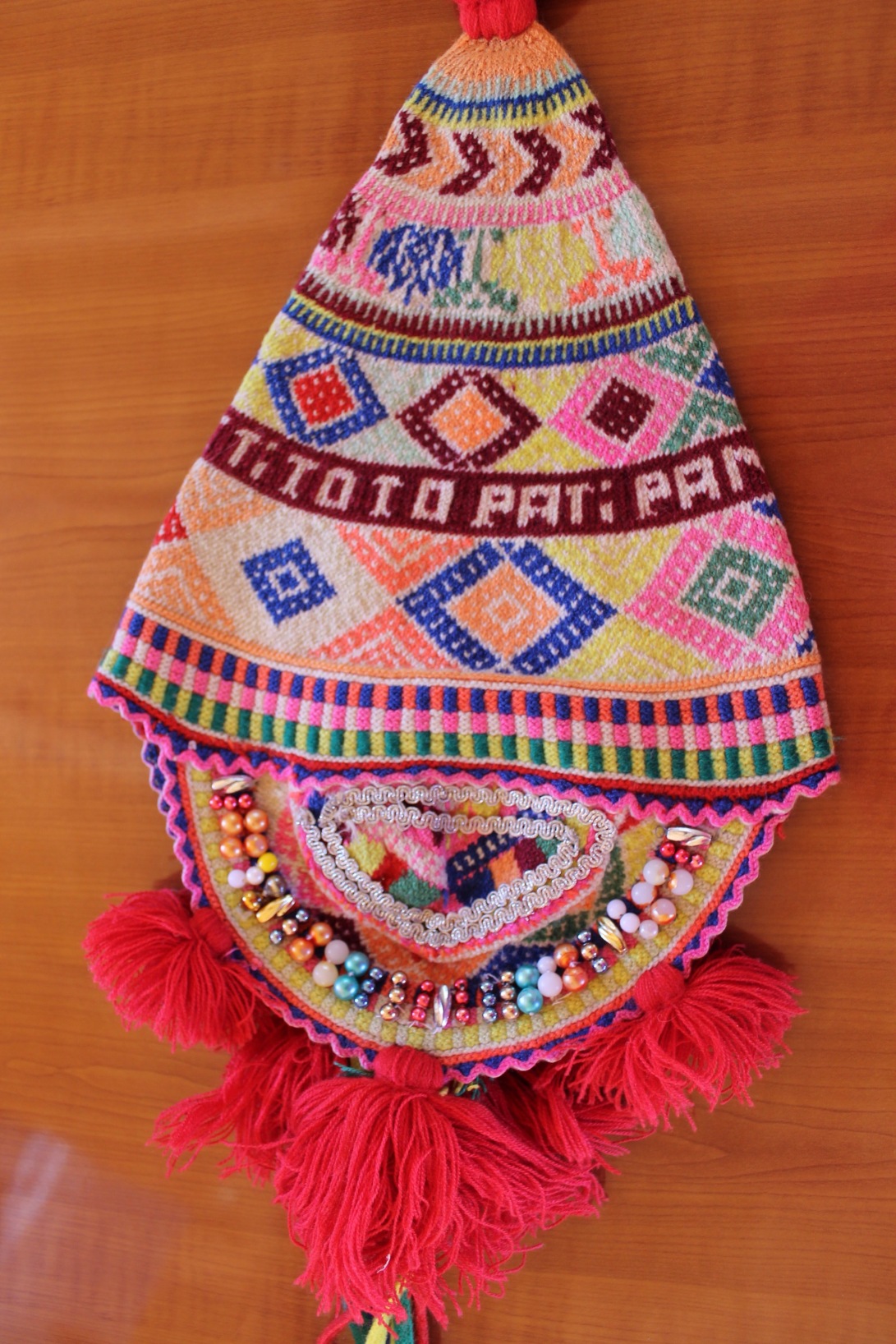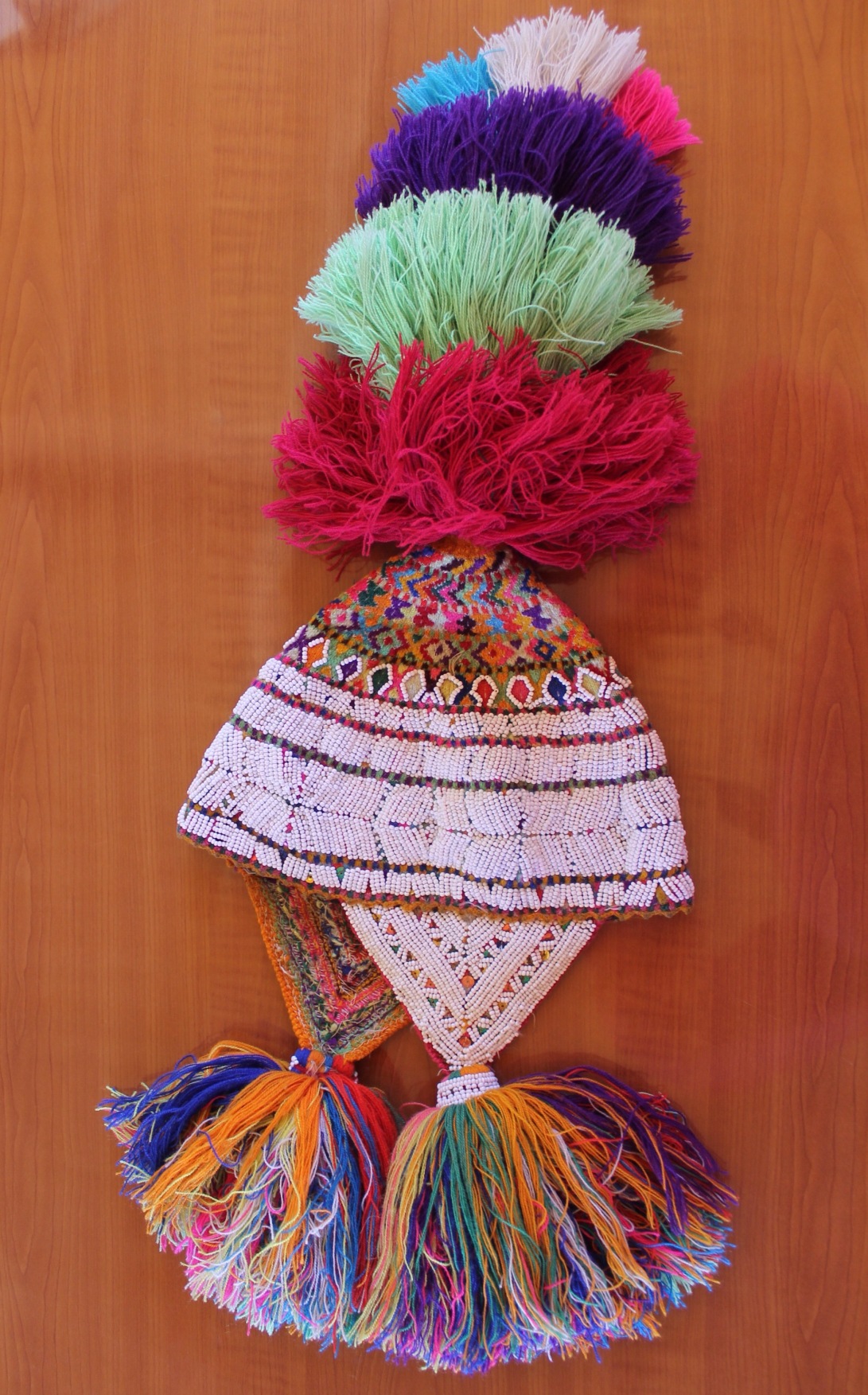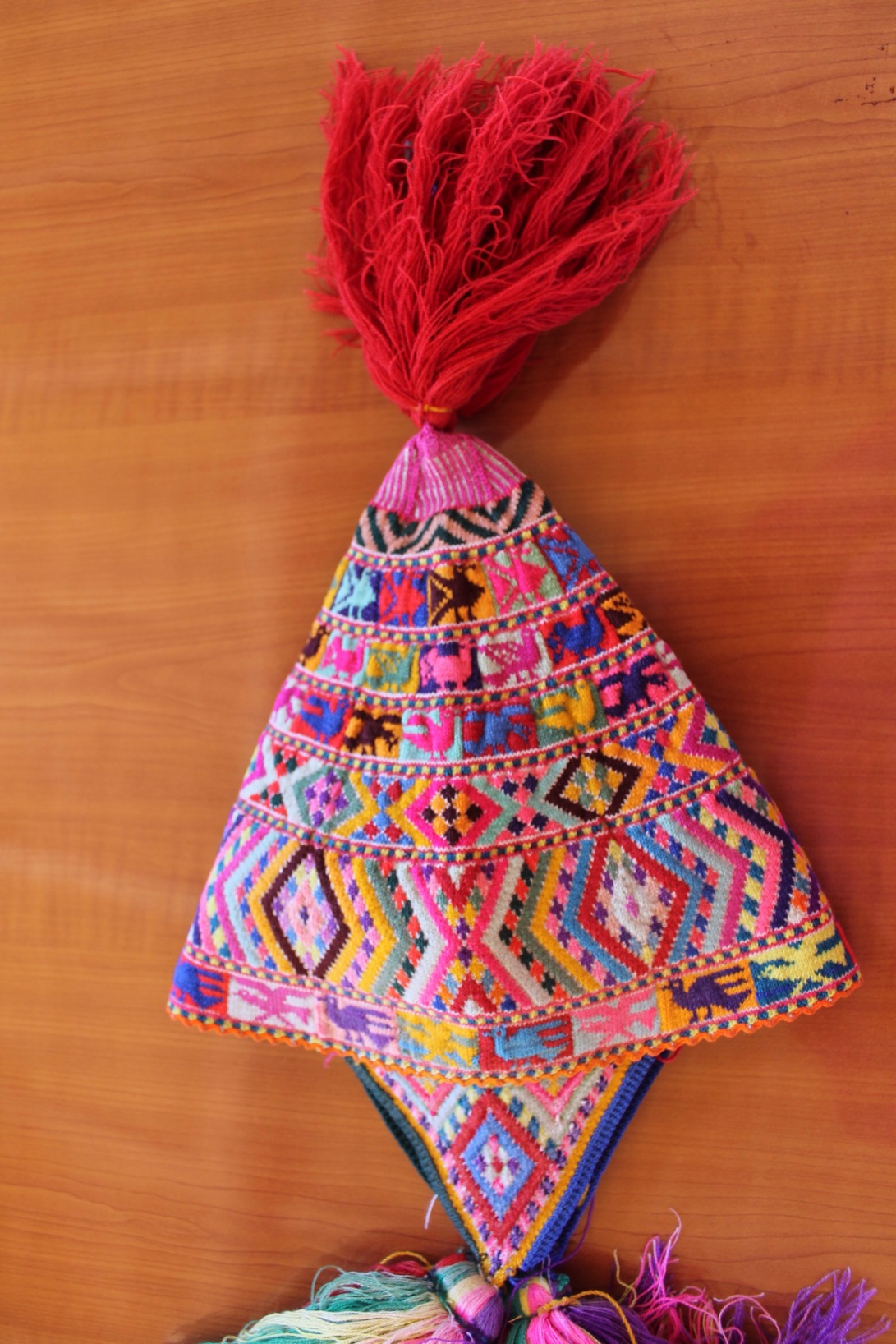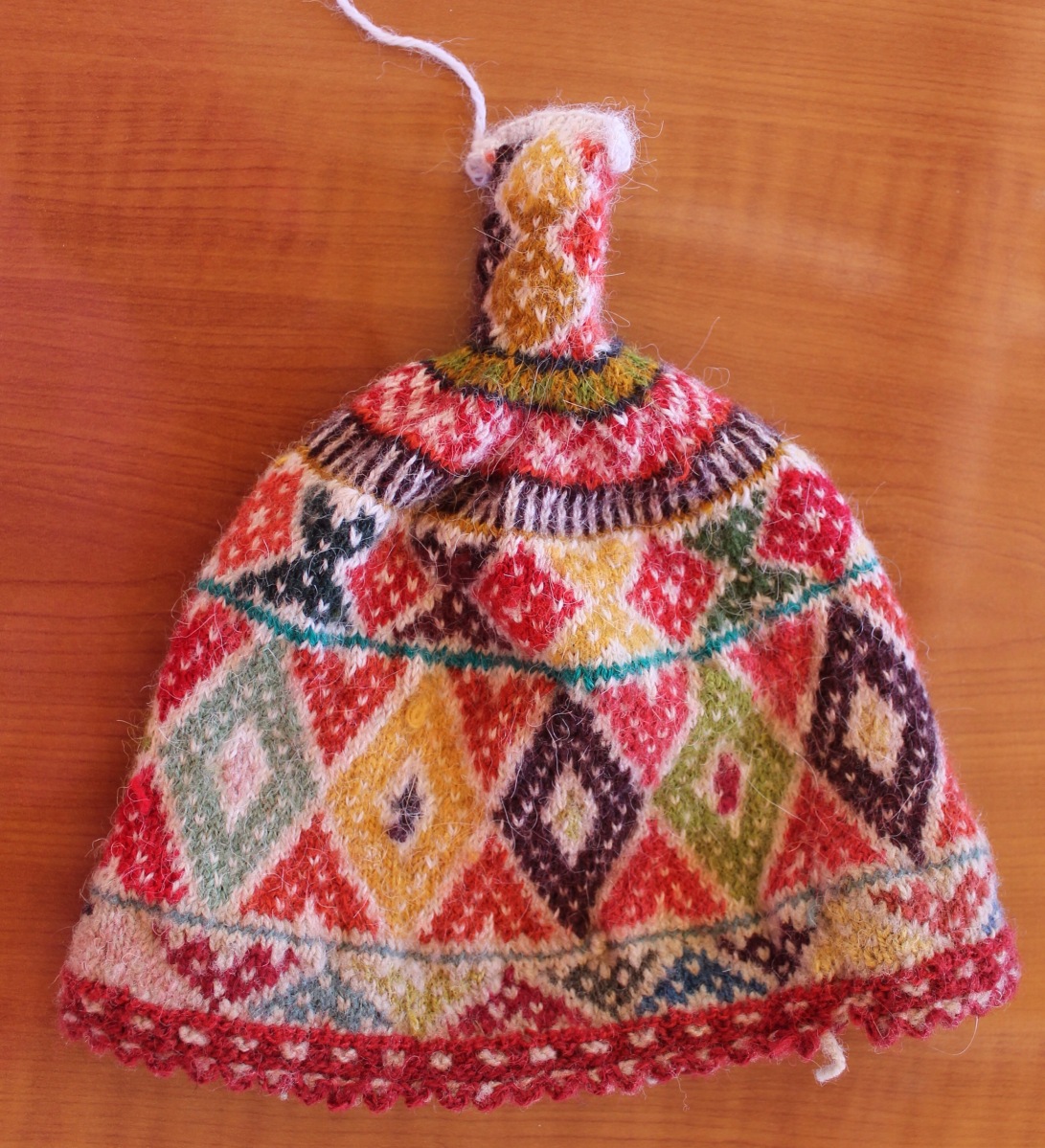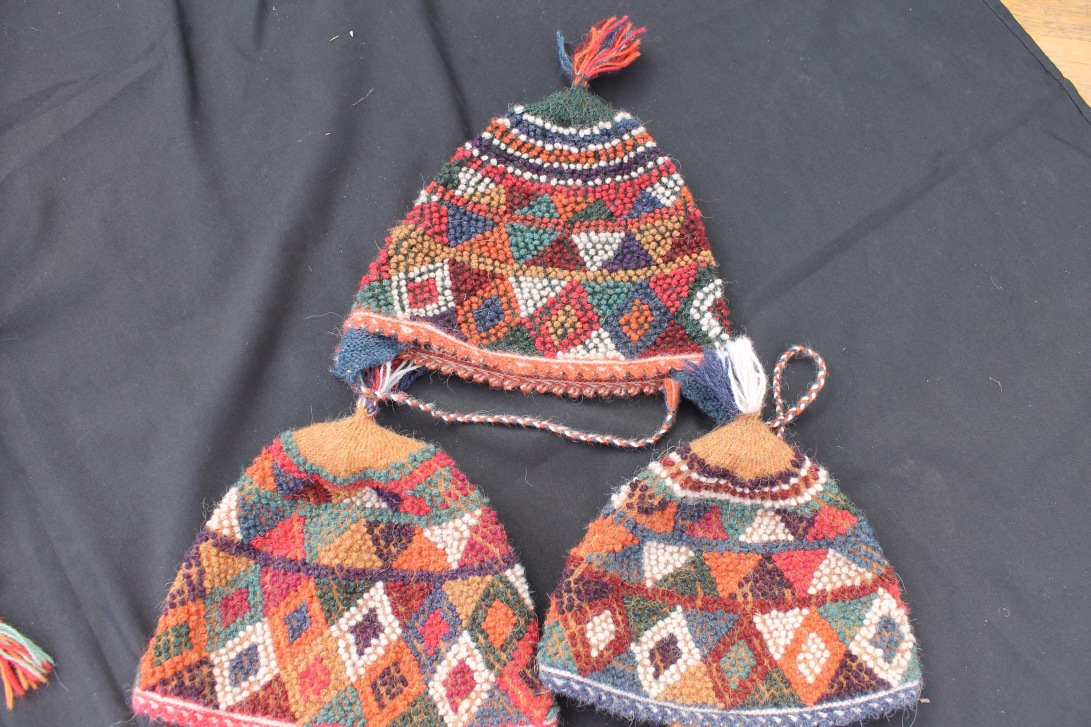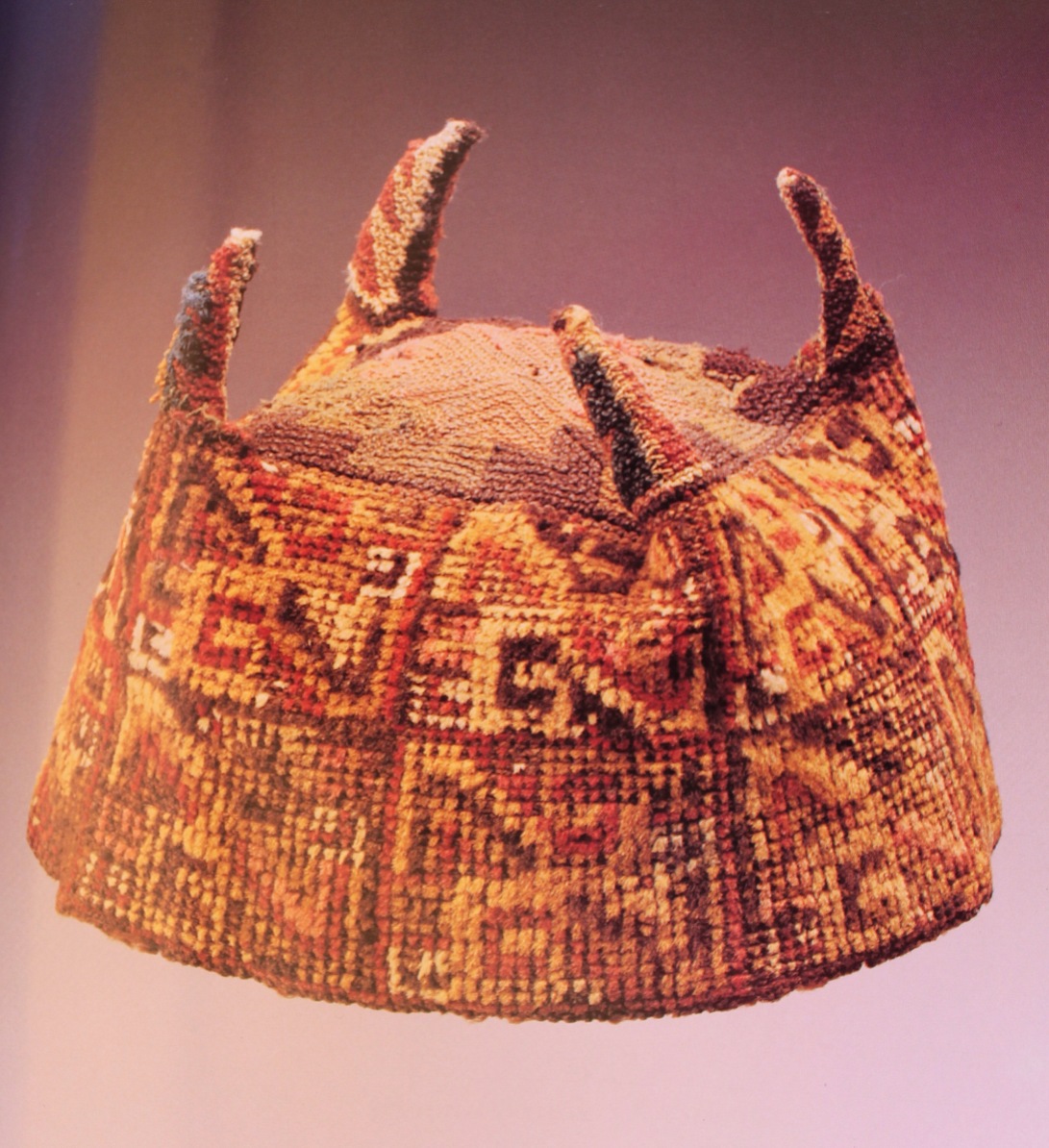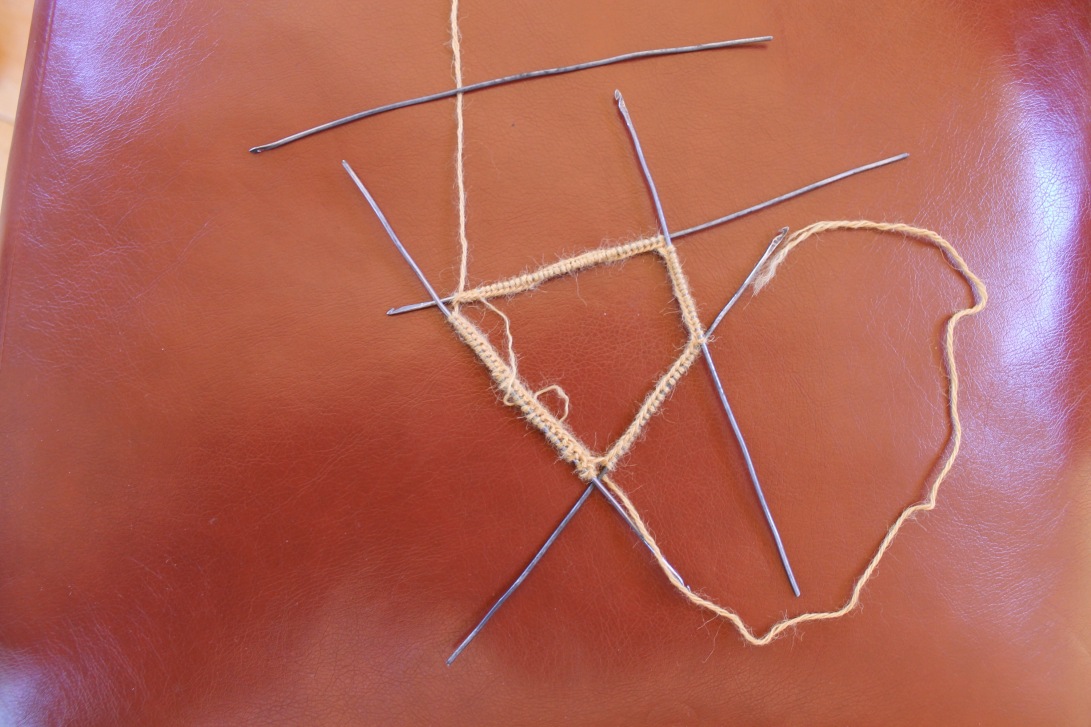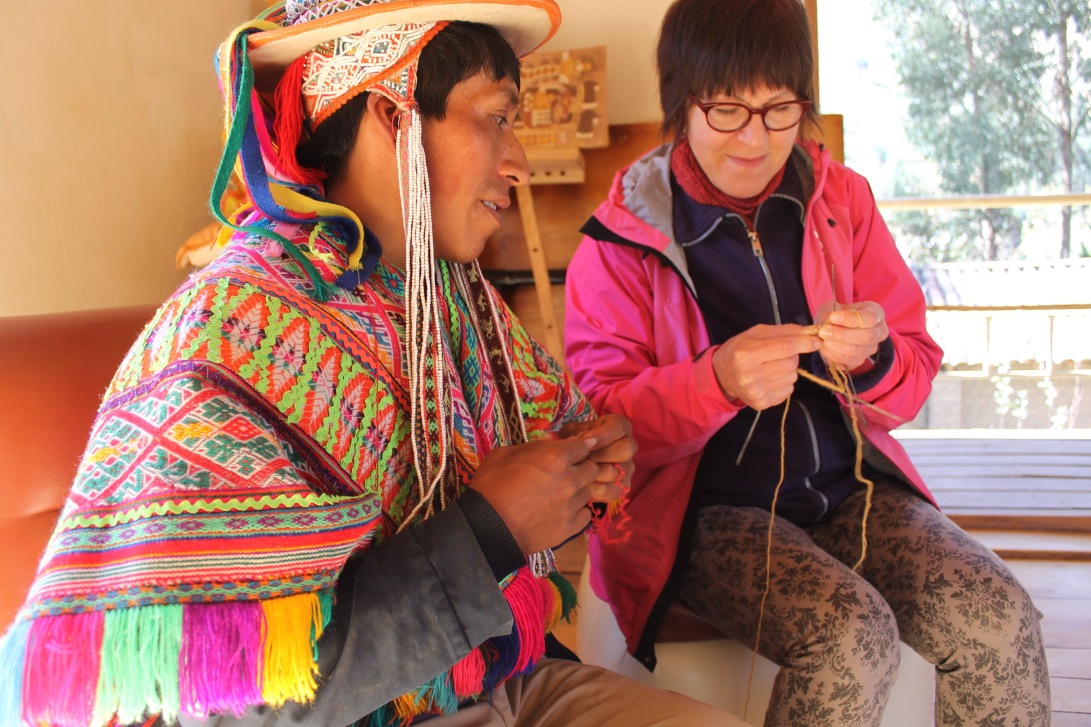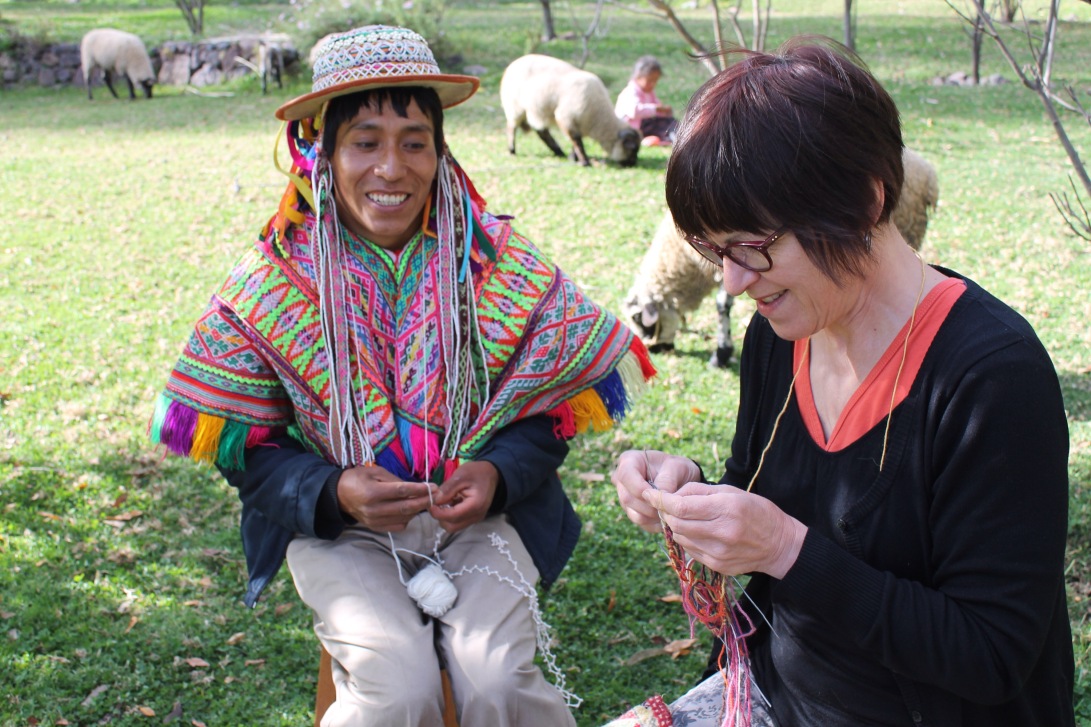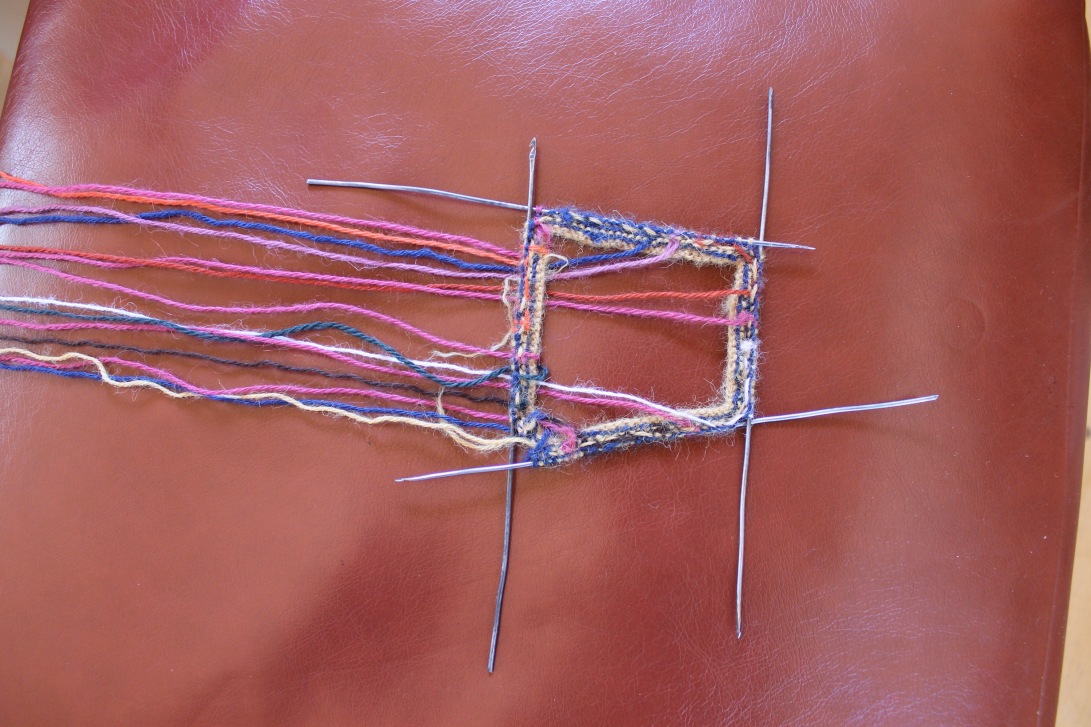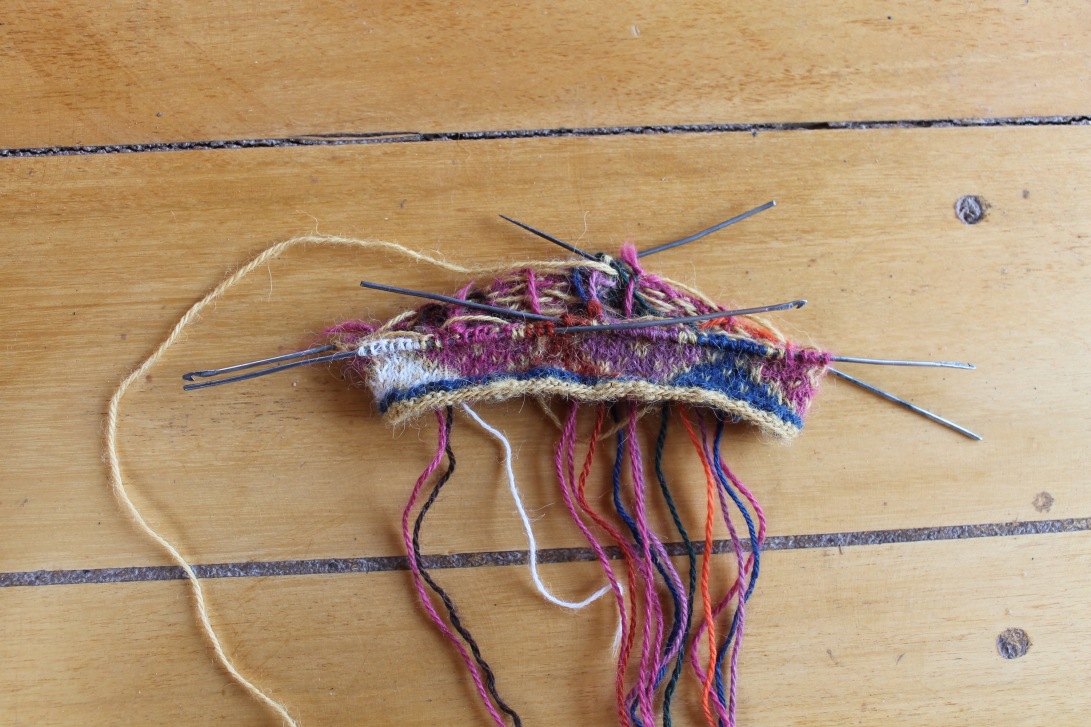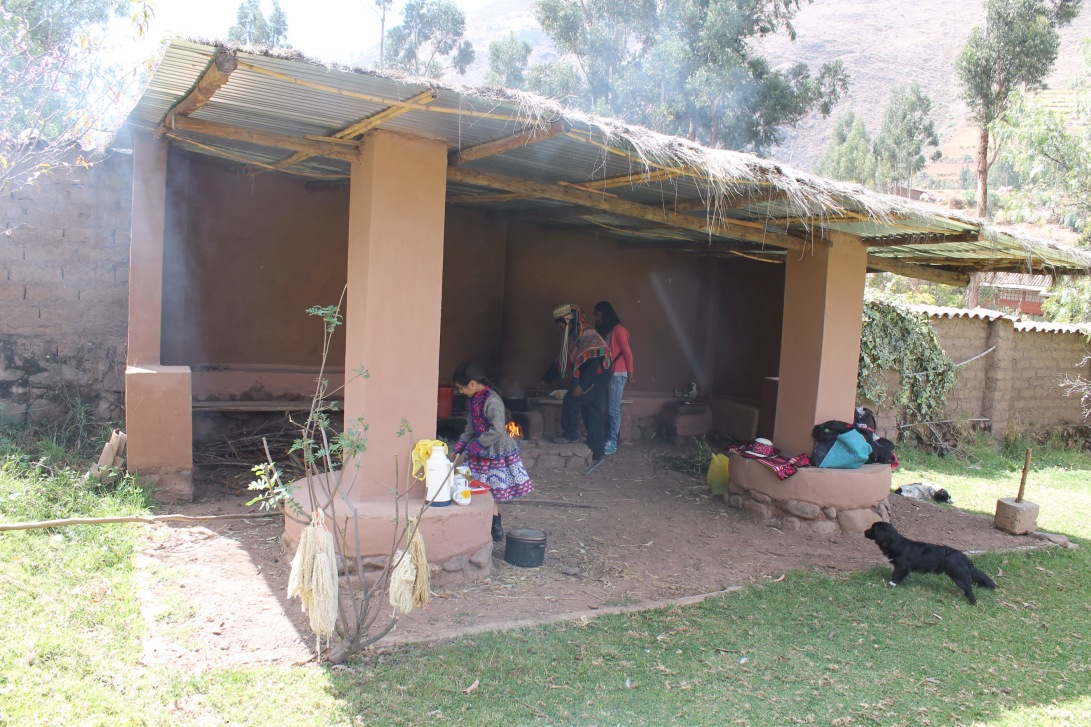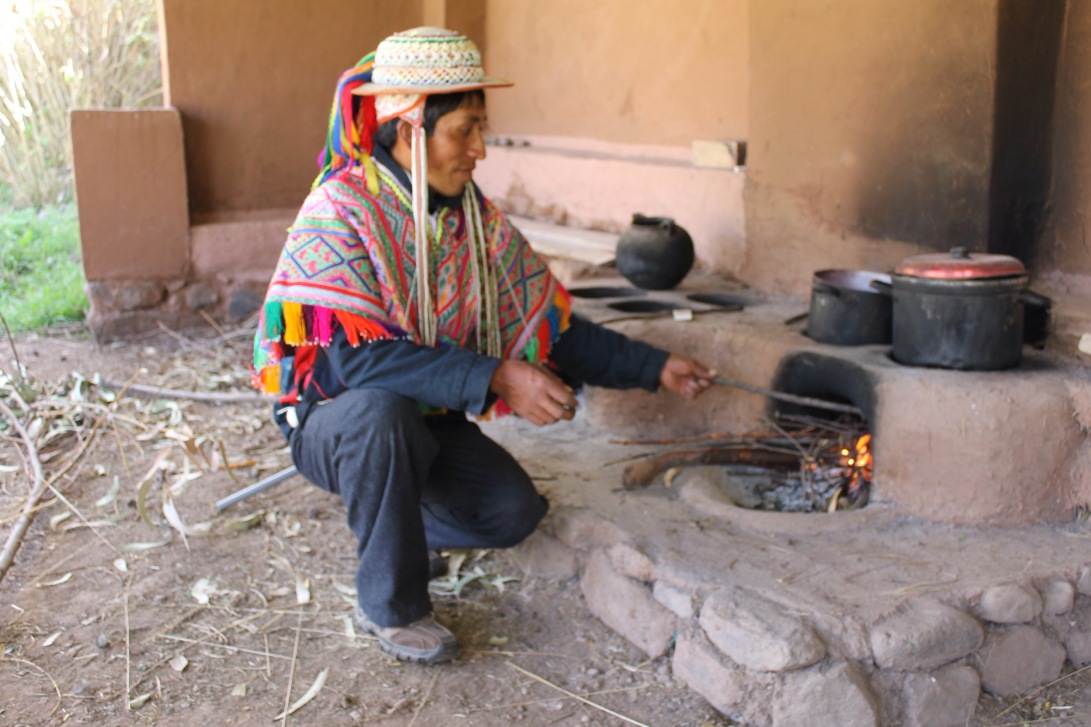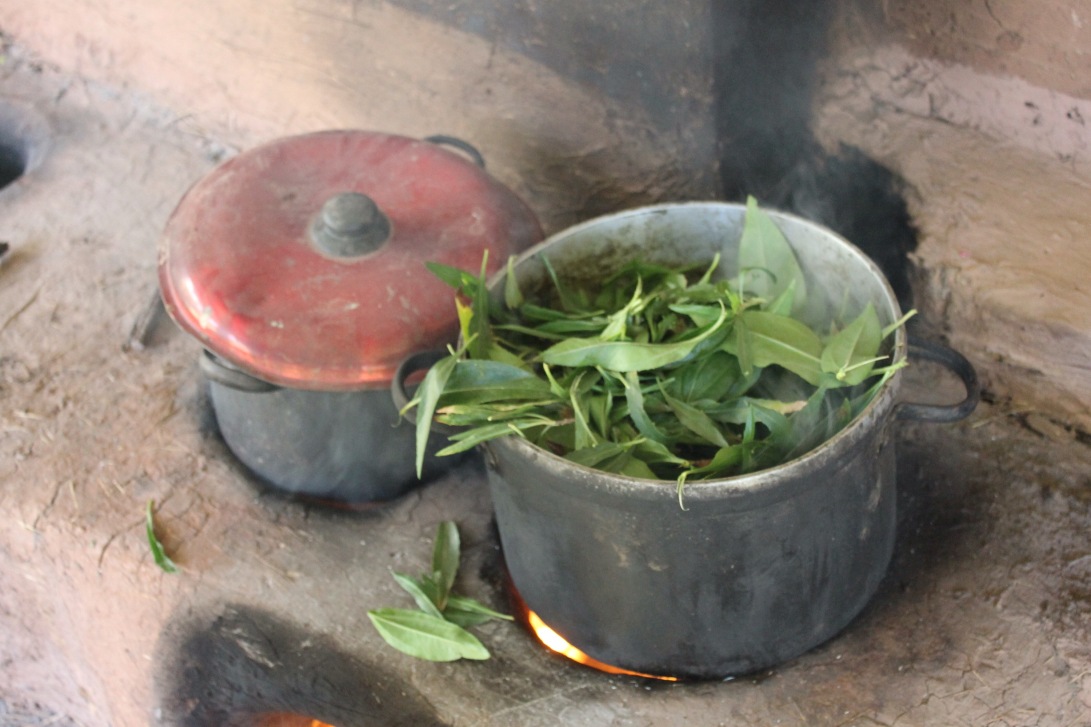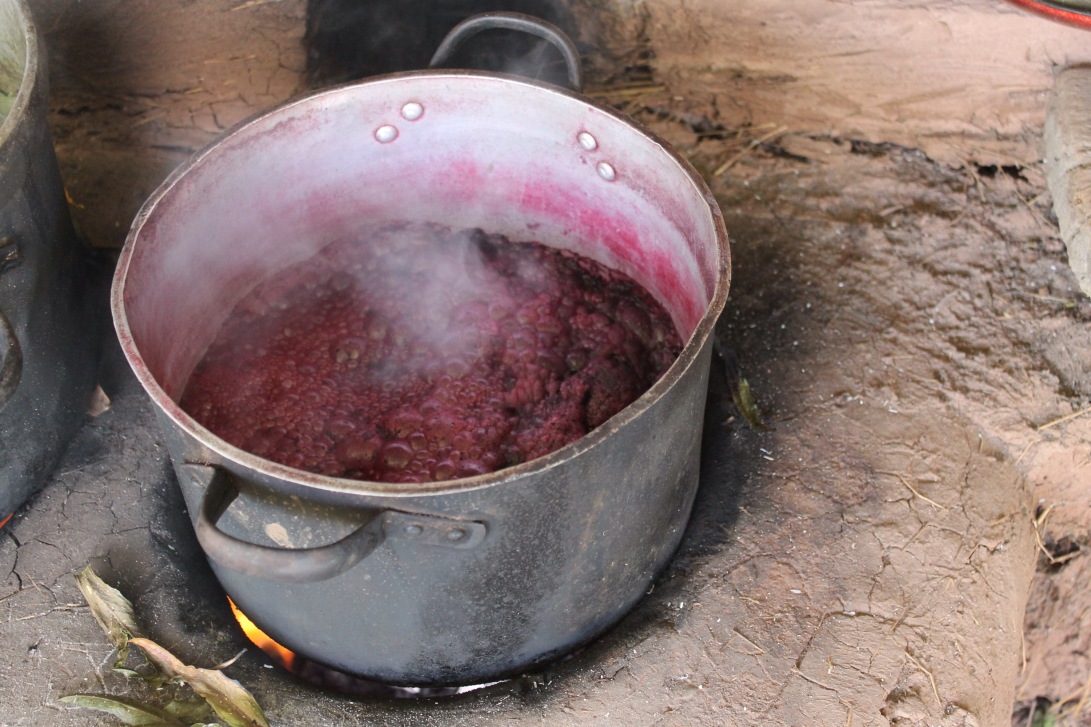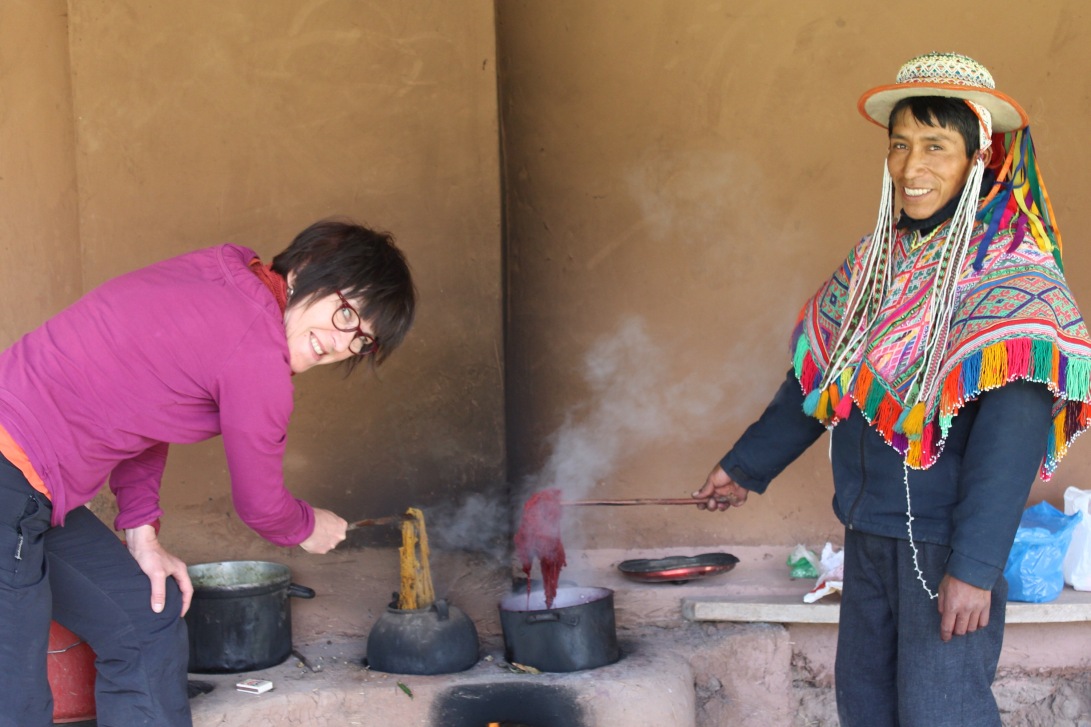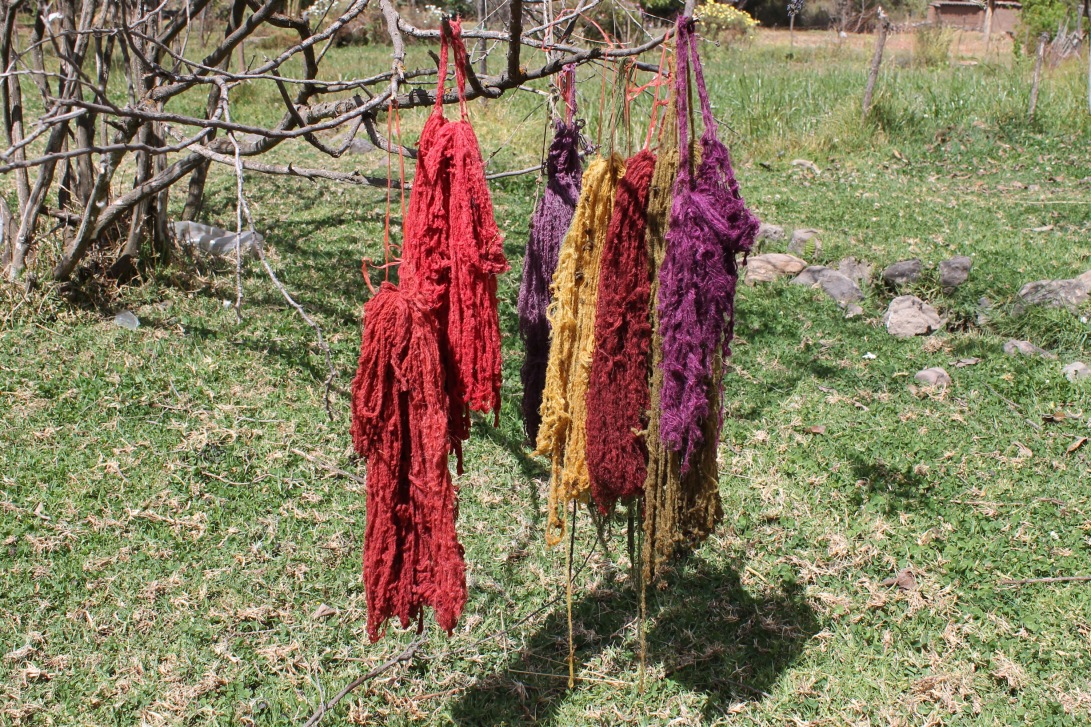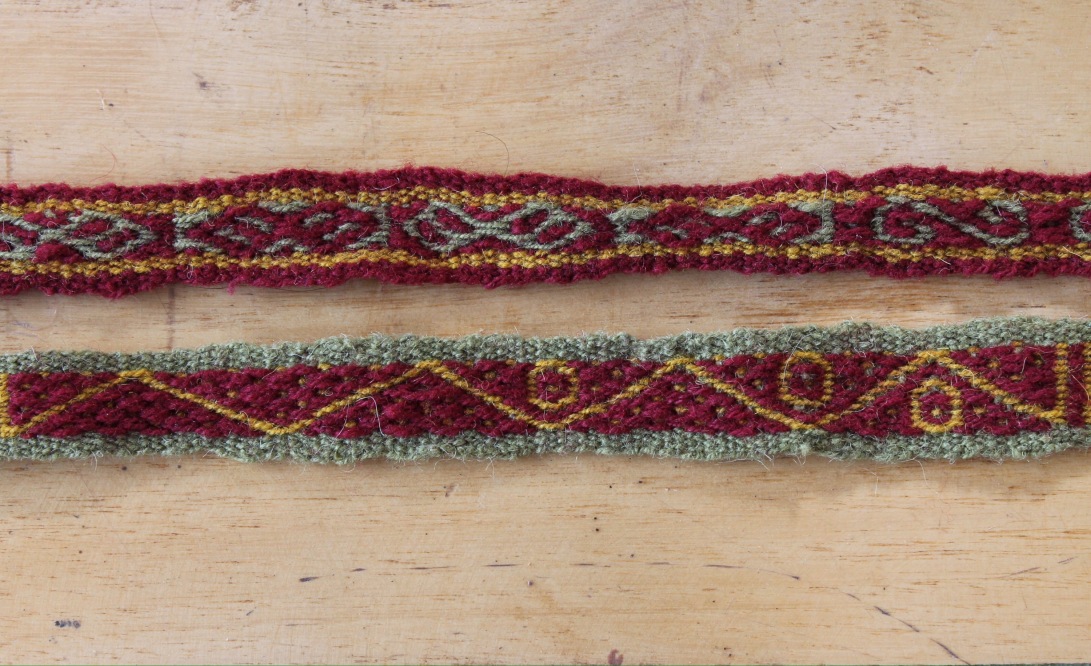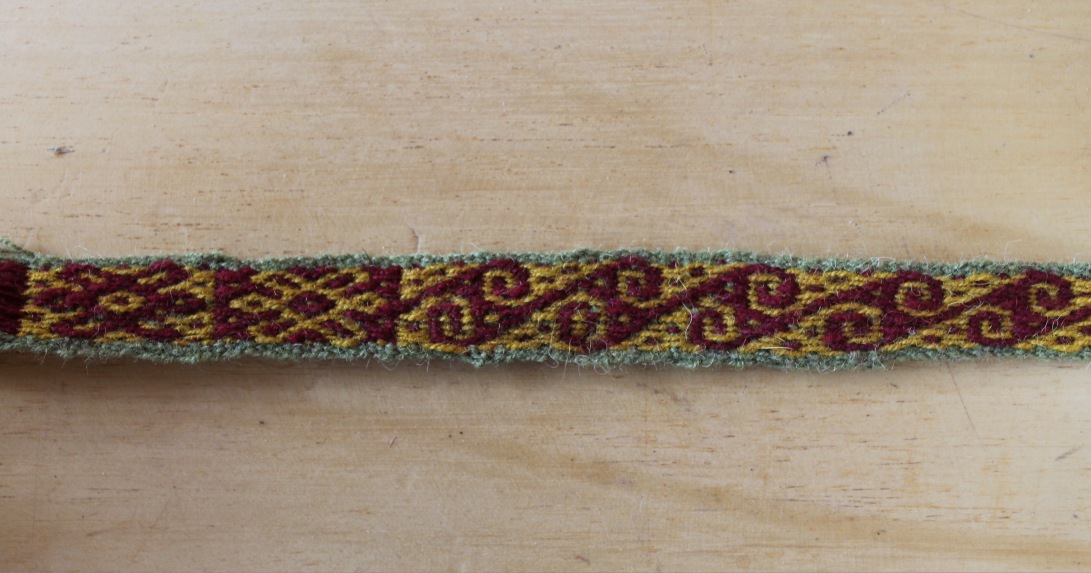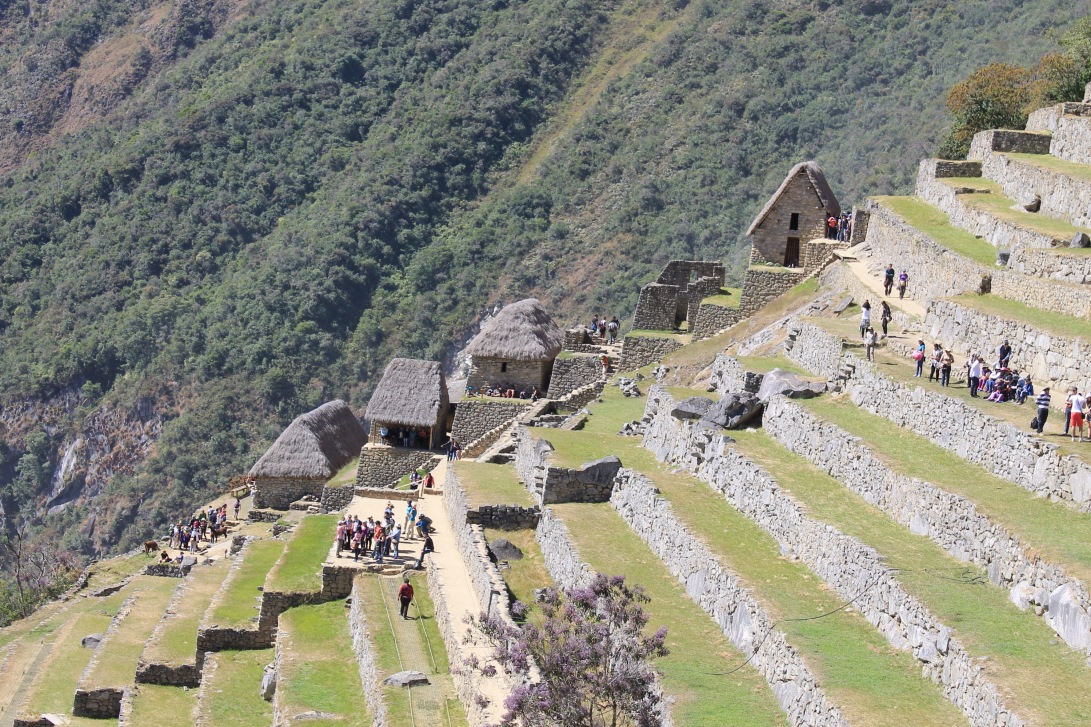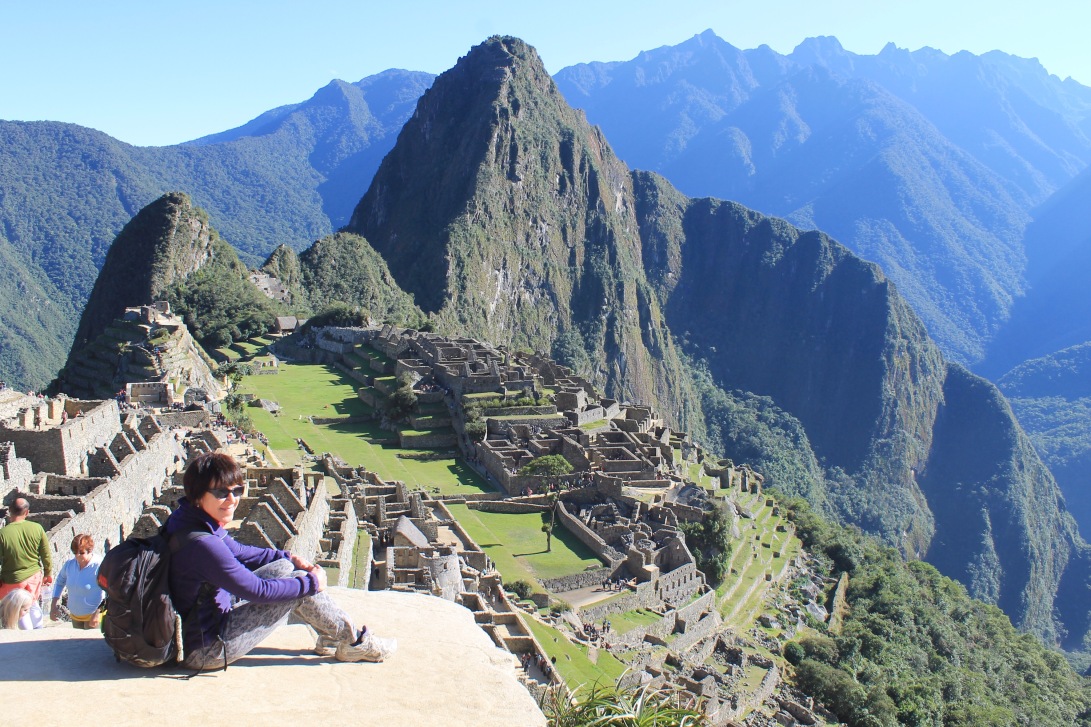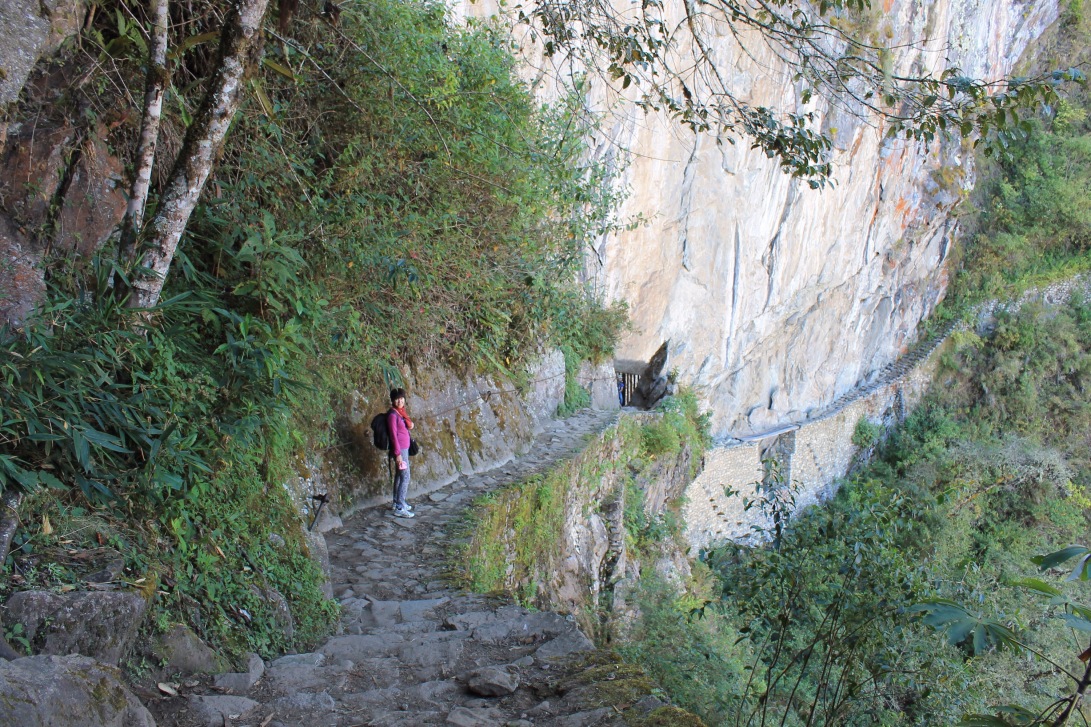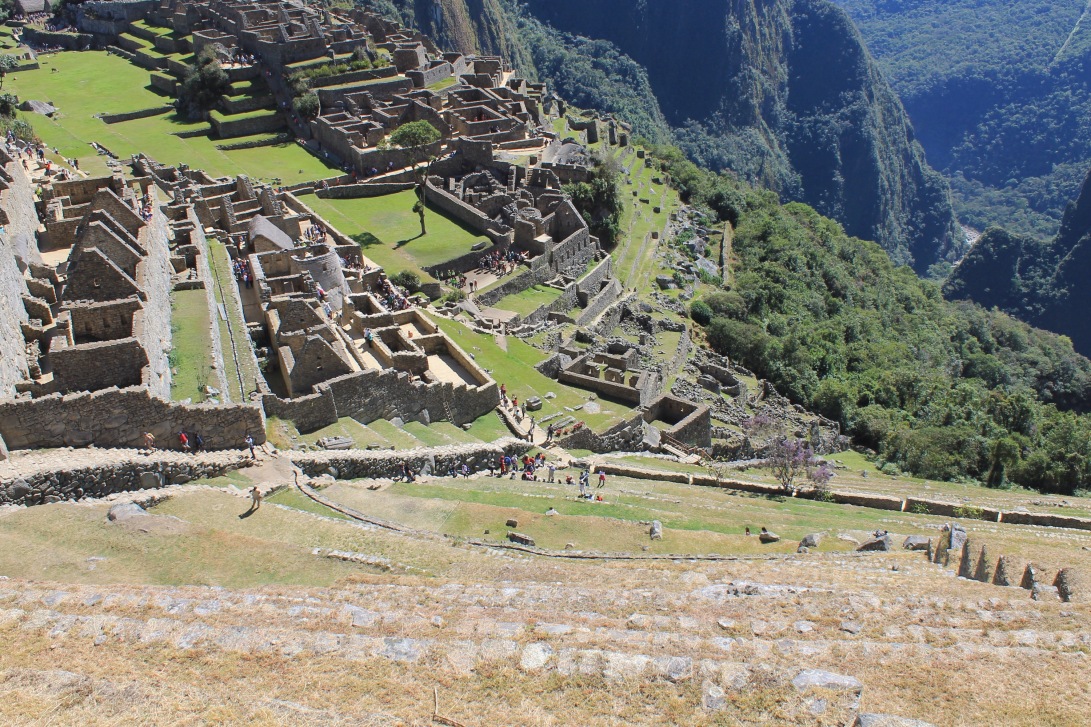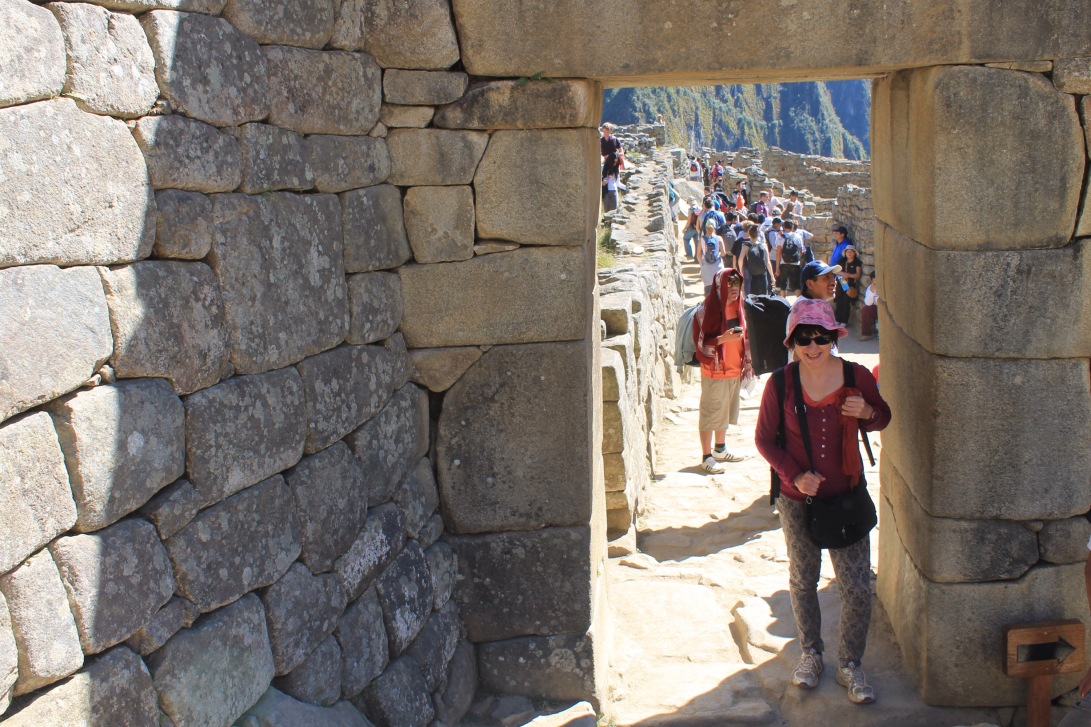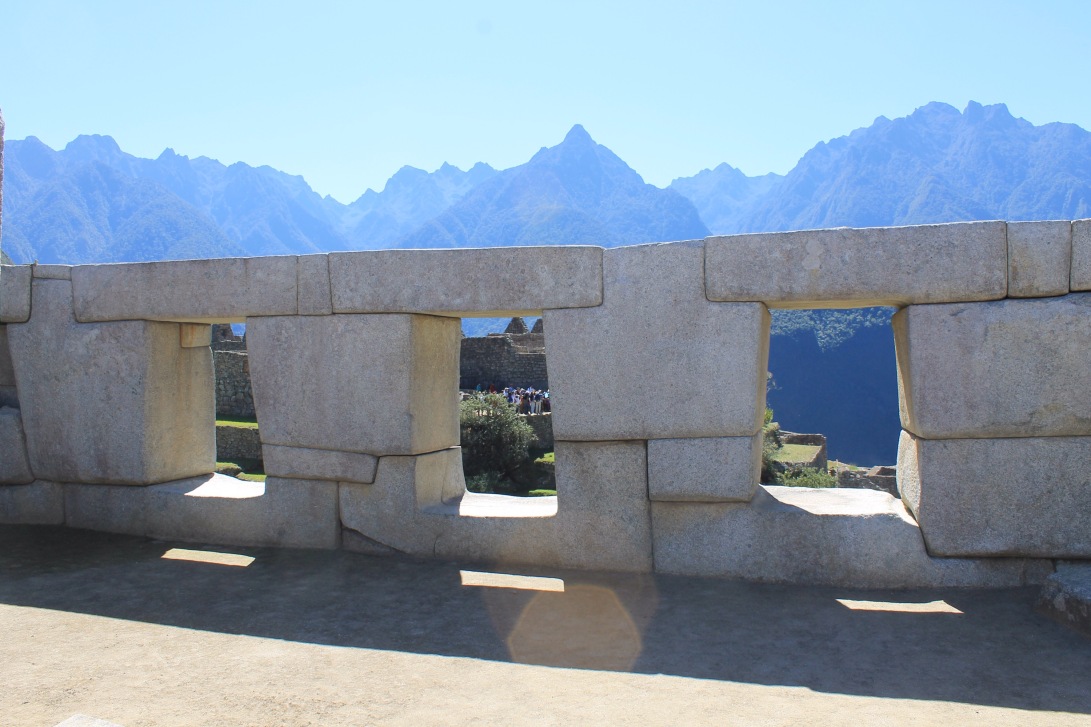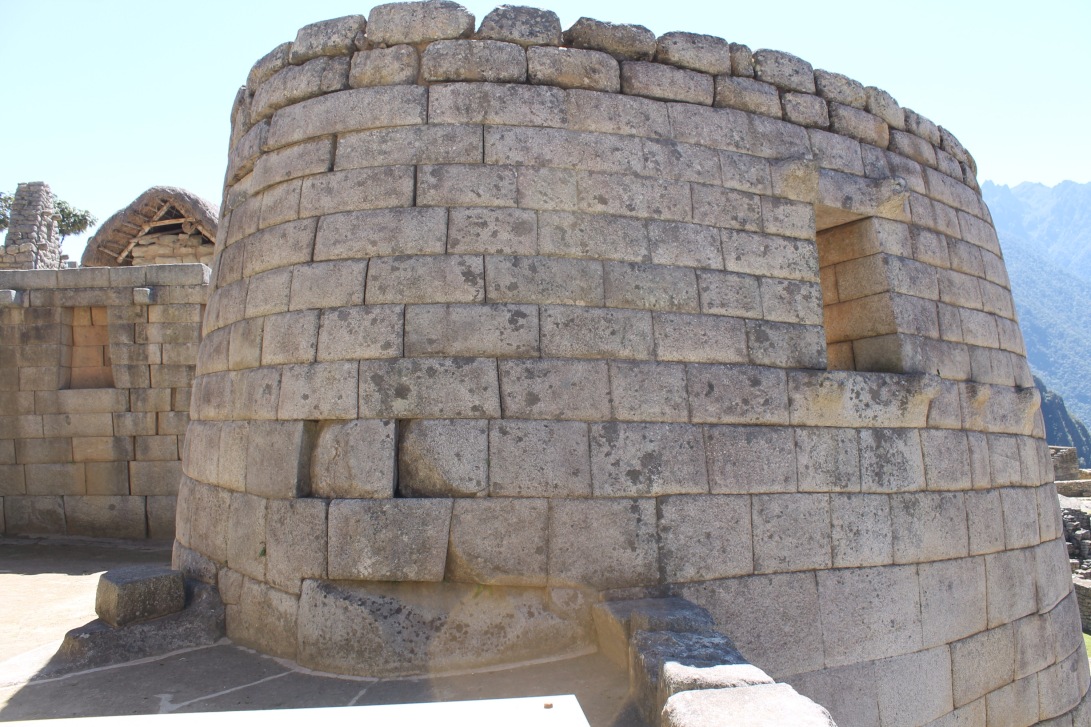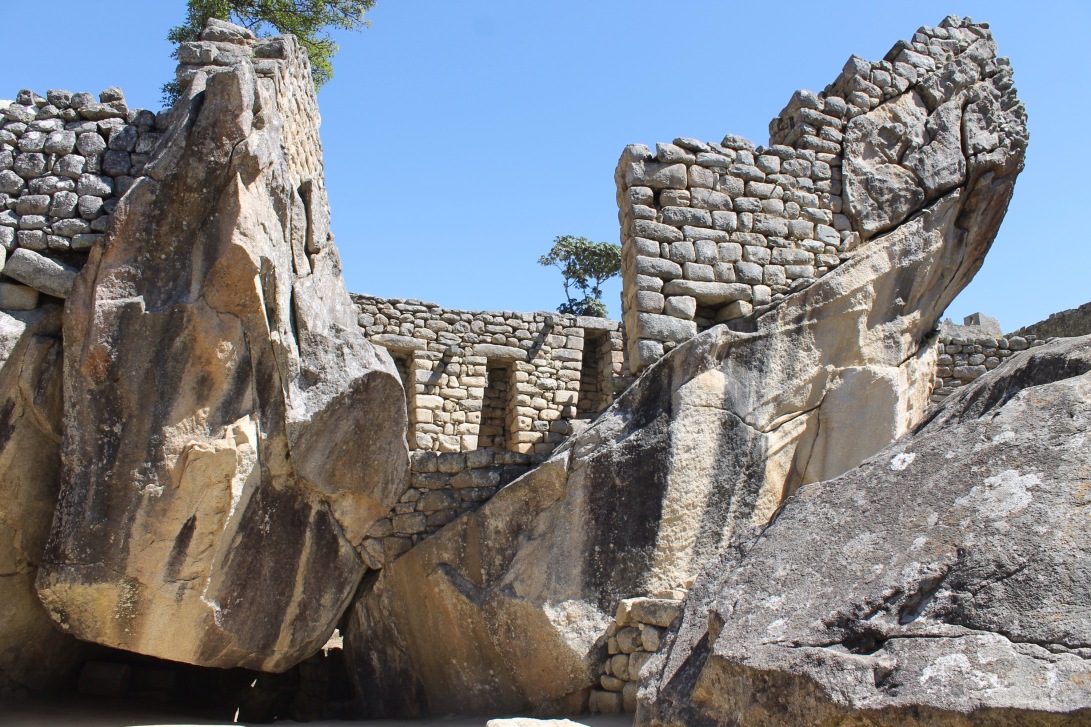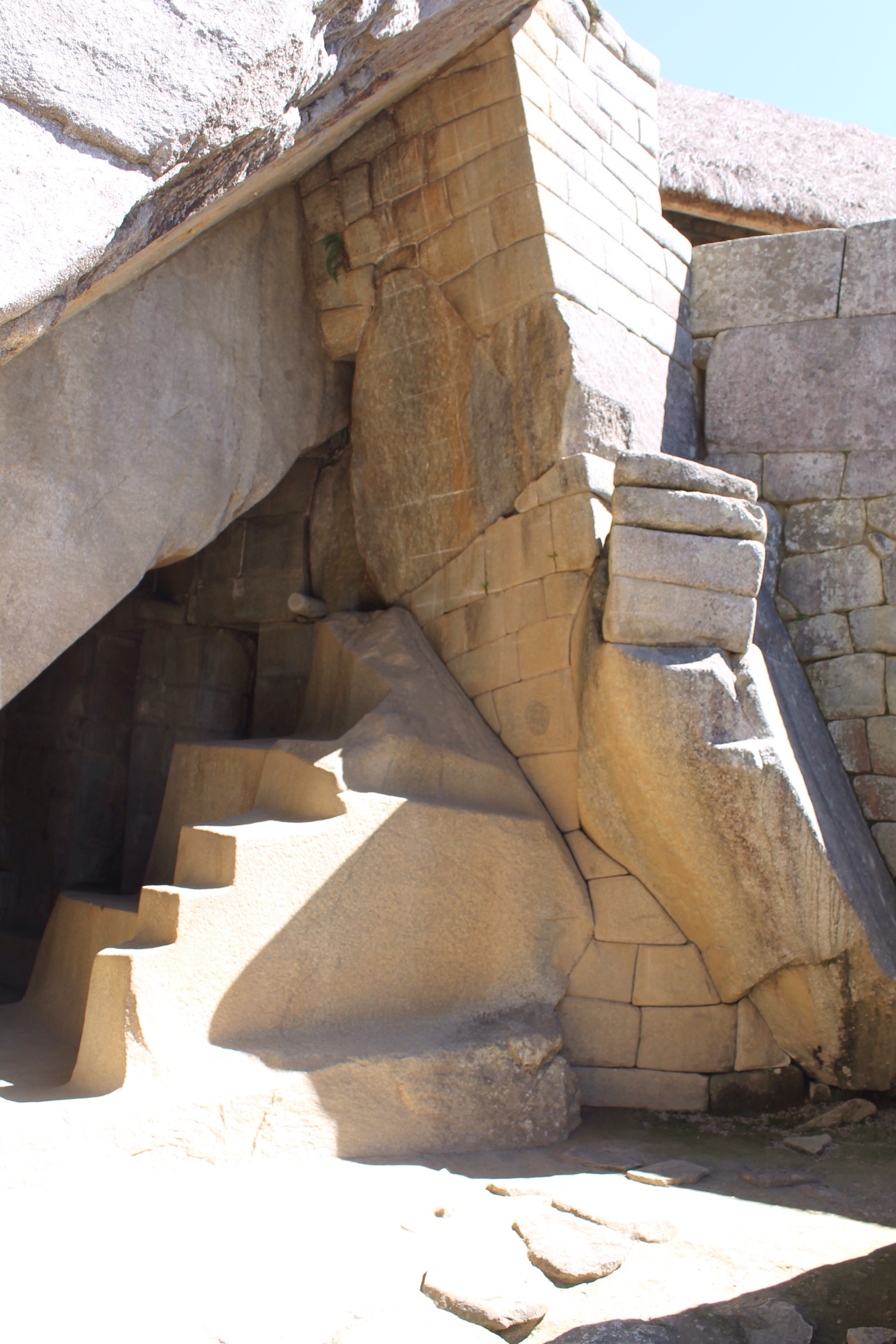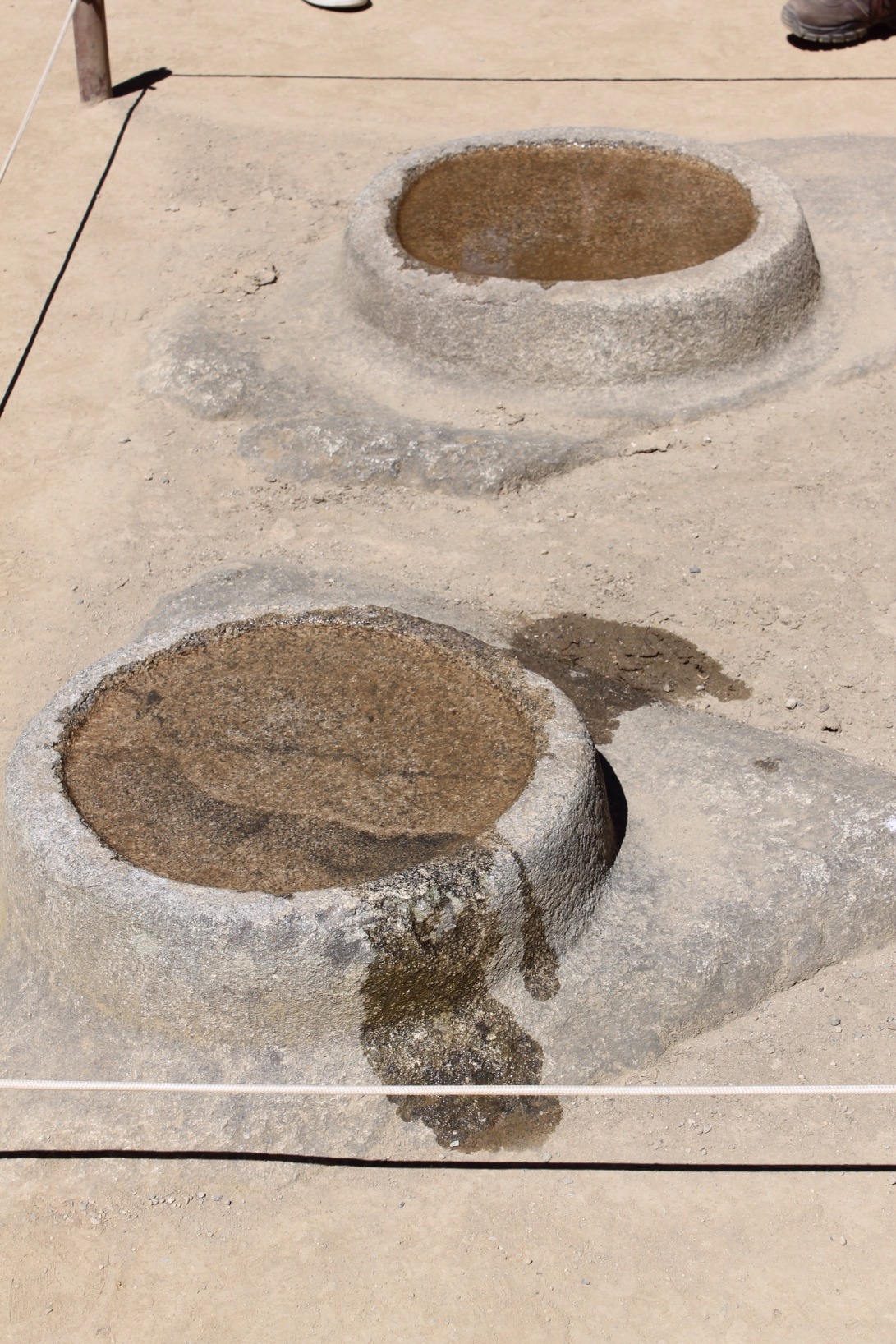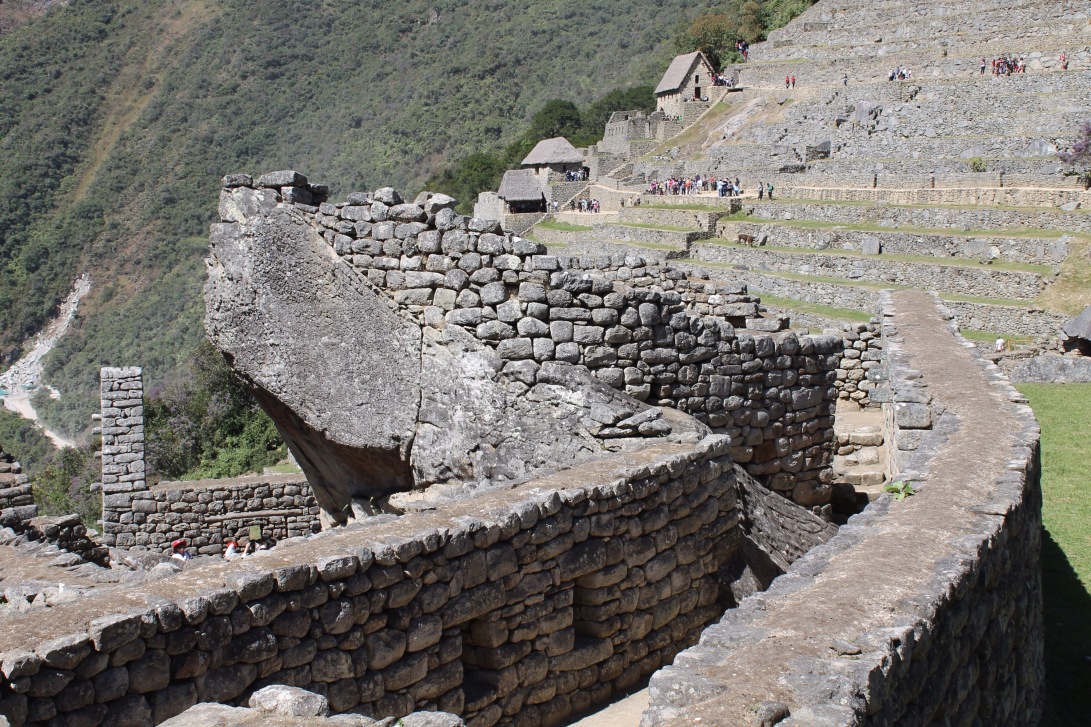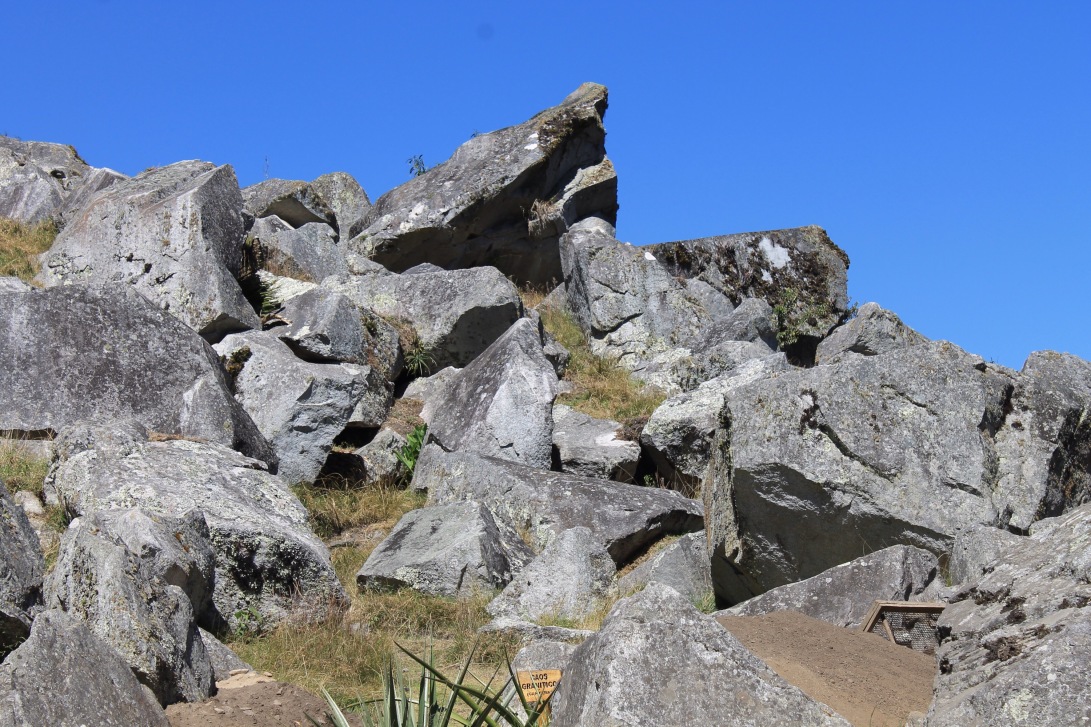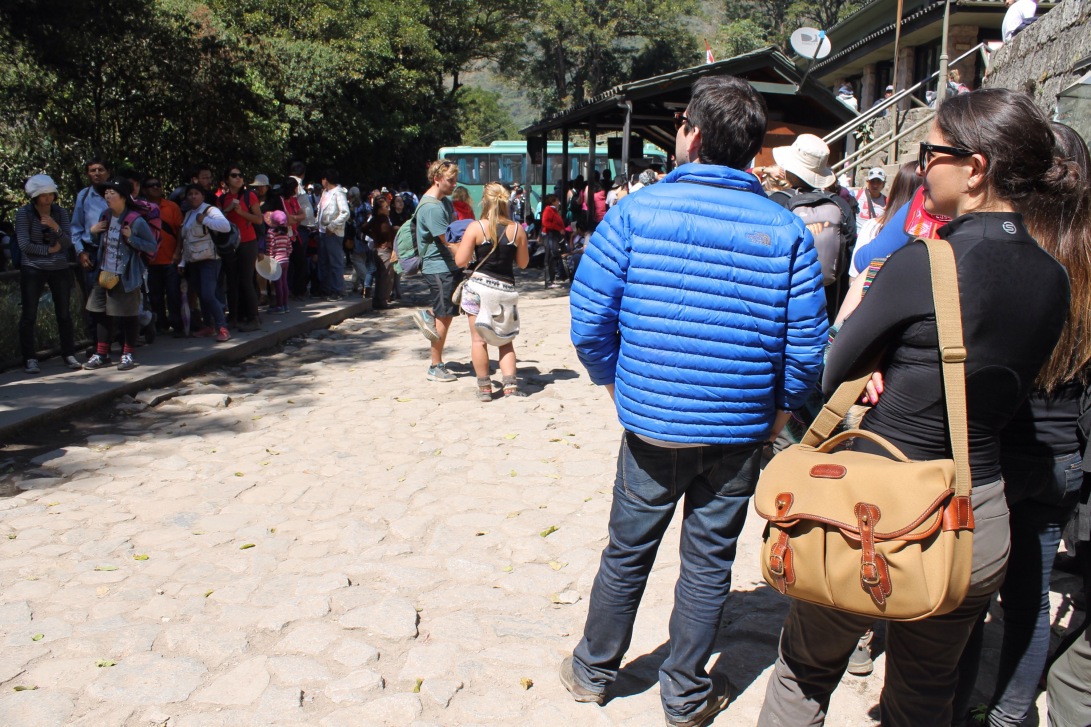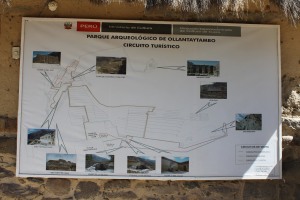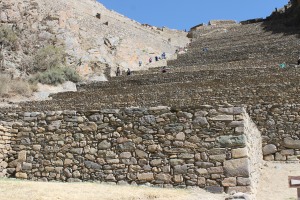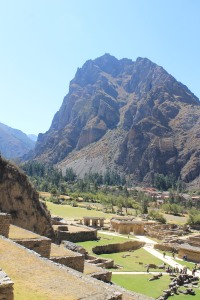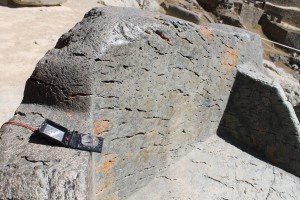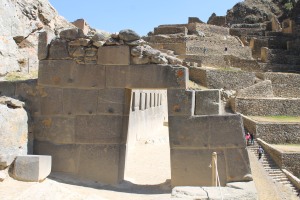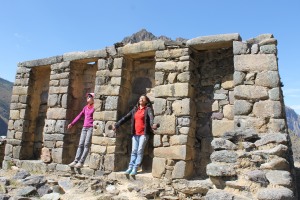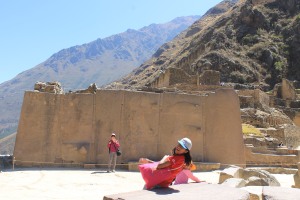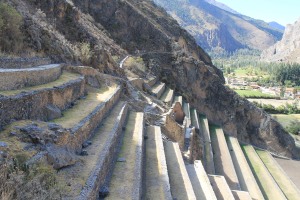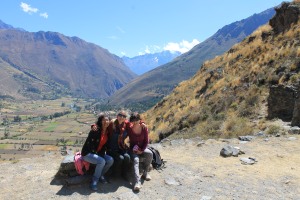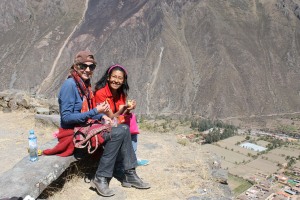Now that the journey to Peru is over, its time to look back and sum up the experiences. The very first thought is gratefullness about this possiblity to learn so many interesting things about the Peruvian and Andean culture as well as the textiles. It would not have been possible for me without the grant that I got from the Finnish Textile Craft teachers association ´Aino-koti -säätiö´. The grant covered all my journeys from and back to Finland. The other expences and the journeys during the weekends I covered myself.
For me, it was a good combination of work and leissure. Studying Andean Culture and Textiles in Apulaya Center in Calca followed a daily routine of work. Another thing is that Calca (the town where I studied) is not that fascinating place for a foreign person since it is not touristic at all and lacks nice restaurants, cafes, artesan markets and wifi connection. However, it was a good experience of living in a more ´real´ place. I chose to stay in the hostel because of the price. This was also a good experience for me to adapt to more modest circumstances, since often nowadays, I prefer to have some more comfort (and appreciate more things such as hot shower, at least for a while)
The studies in Apulaya Center were planned very well to meet my expectations. I liked the way there were lectures over the Andean culture and also practical work with textiles almost every day. I think that I got a good overall understanding of the Andean worldview, Inka and Pre-Inka culture and learned also some aspects about the iconography and the meanings of textiles. The practical textile work was essential to get a deeper understanding of them.
During the first week of studies, we attended the Mamacha Carmen festival in Pisaq (also written Pisac) which gave a good overview of the rich Andean culture. All the arrangements and the infrastructure for the studies were good. Only, it would have been nicer if there were more students around, since the last two weeks I was the only one. On the one hand, I had a priviladge to get individual teaching, which was great. On the other, if there were some – or at least one, as during the first week – more students, I would have had a company of them during the evenings, and we could have shared our views.
I was mainly using Spanish in my studies and during the everyday life. This was, of course, very important for me to have the chance to improve my capabilities to communicate with this language. I felt good about having put an effort on studying Spanish before, since that helped a lot in all the situations. I recognised that the Peruvians didn’t speak English very well, and most of them almost not at all. However, I met some tourists who had managed with whatever their language skills were to cope in Peru. Also, it is possible to study in the Apulaya Center without knowing any Spanish. Emerita and Valerio will help in translating the teaching of the practical textile work, and they both can give lectures in English. Quechua is widely spoken and people tried to teach me some words of it, but I gave up since it was enough for my poor brains to cope with Spanish. Compared to Spanish, using English was a relief for me. I didn’t speak a word of my mother tongue,Finnish, during the whole month (no problem though in starting to use it once again:)
I’m so happy of all the excursions that I managed to make during the weekends. They showed me the beauty of Peru and how magnificent it is. Peru is such a huge country that I could see only a small part of it, but that was according to my plans; not to concentrate on the quantity but on the quality. There are so many interesting places that I couldn’t visit during this journey; I definately would like to visit Peru once again. For example, the Amazon and the rain forest would be an experience that I would like get.
The Peruvians are, on the whole, very nice and friendly people and I never felt myself unsecure. Saying that, I must admit that I am always rather careful during my travels, especially when travelling alone, as this time. However, I was hardly ever alone as such. Often, Emerita from the Apulaya Center followed me as a guide, or when I was on my own, there were plenty of people from all around the world to talk to. I met such nice people who had an open attitude to life and other people. This is what I often miss in Finland where there often is the attitude of ´minding your own business´. As a tourist, I recognized that sometimes there is this attitude of getting as much money from you as possible. I could not rely on the prices that were first mentioned since they seemed to be negotiable. Some places, especially Machu Piccu are definately overpriced. I didn’t buy much souvenirs, which were available in all the places (except Calca). This was mainly due the lack of time. I had decided to buy what I need during the last day in Cusco to be able to pack them nicely to my suitcase before the home journey, which I did, and luckily got the lost luggage back in Finland.
I’m satisfied that I started to keep this blog – for the first time in my life – although it was most of the time very problematic because of the bad internet connections, especially in Calca where I stayed most of the time. Probably, they will get better connections and also wifi in Calca in a couple of years. Writing the blog has helped me to put together the experiences of a period of one month. Without this, I would have forgotten many occasions and also places. It has been a learning process for me to enter the Andean culture – and also glimpses of other cultures while meeting people from different places. The advantage of travelling alone is that people approach you more easily.
I managed to gather a small data by interviewing some people. I will see how much I can get out of it for possible research and publications. There seems to be a lot of undiscovered areas in the Peruvian textile culture, and I’m hoping to get some idea to continue with my studies on it. If you are willing to cooperate, please contact me.
I was all right throughout the journey; no health problems. The only minor problem was to adjust to the high altitude during the first days, but it went over in a couple of days and didn’t prevent me from being active. I didn’t prctice any hard physical excersice though, since I seemed to loose my breath very easily. The biggest efforts were made on the hard walks in the mountains. I didn’t have any stomach problems, which people usually get in Peru, as I’ve heard. Maybe the probiotics that I started eating already in Finland, and continued daily, helped. My skin was very sore due to the dry season, I guess.
I can sincerely recommend travelling and studying in Peru for anyone interested. Look forward to getting back there myself, one day. We never know!
